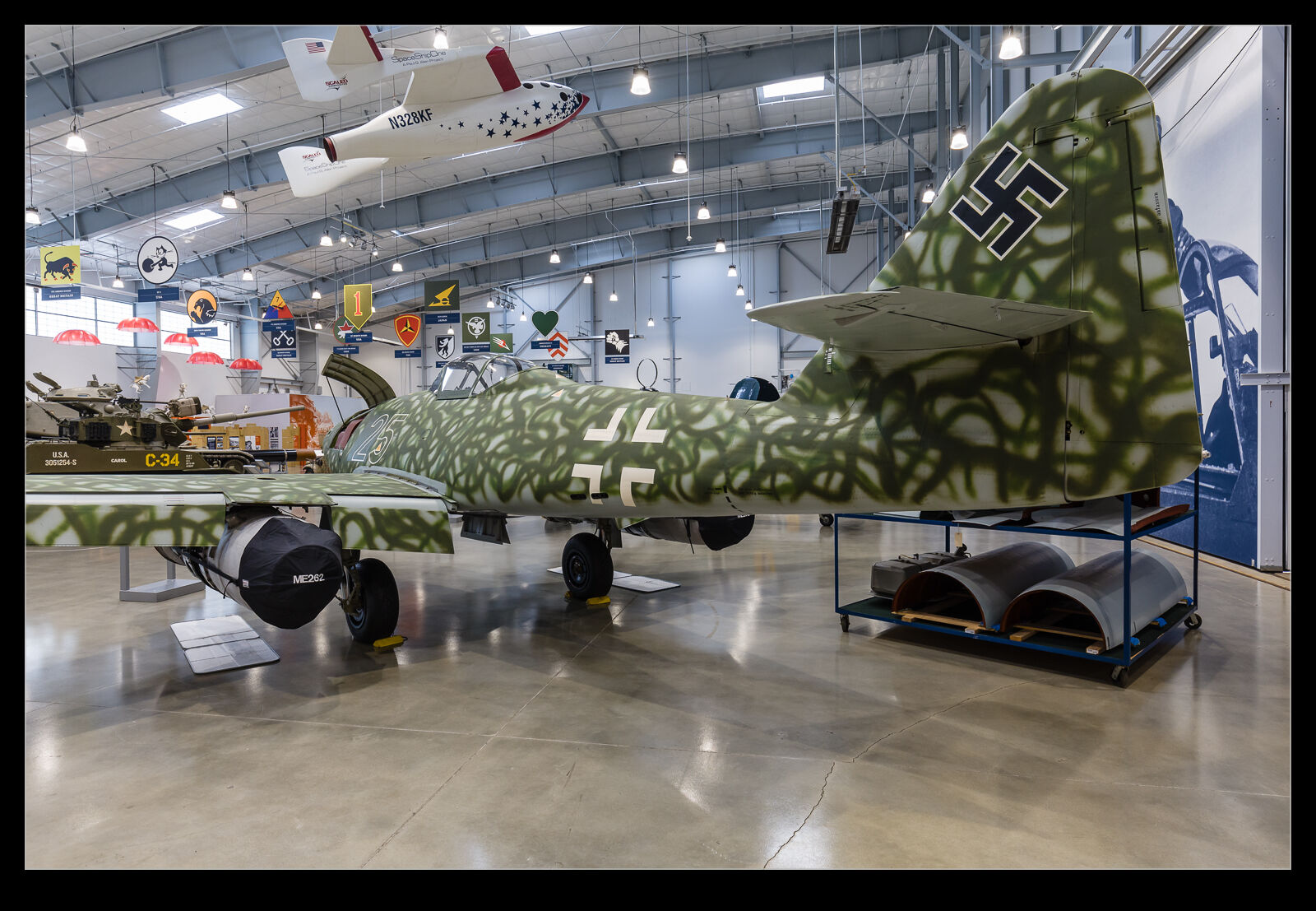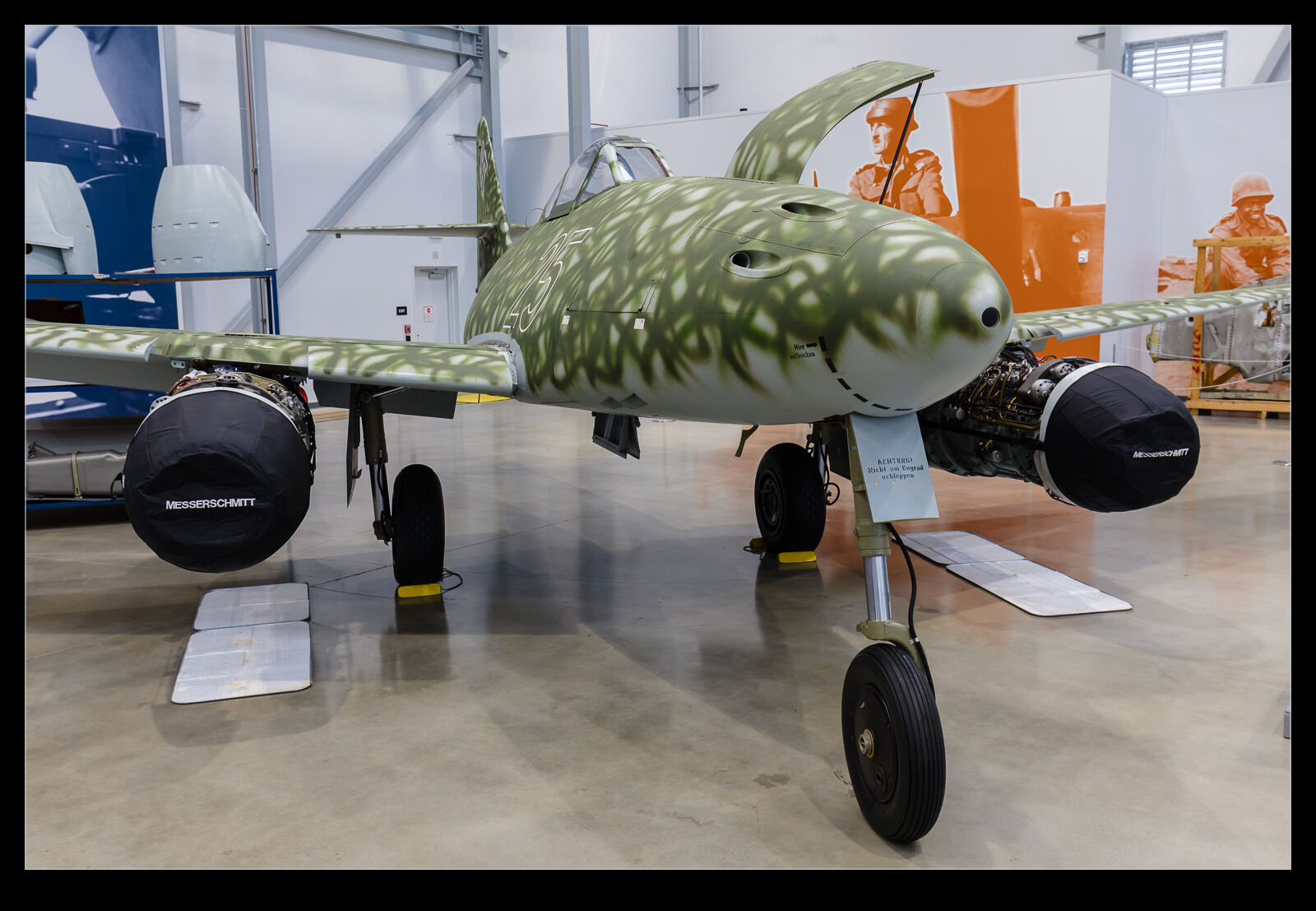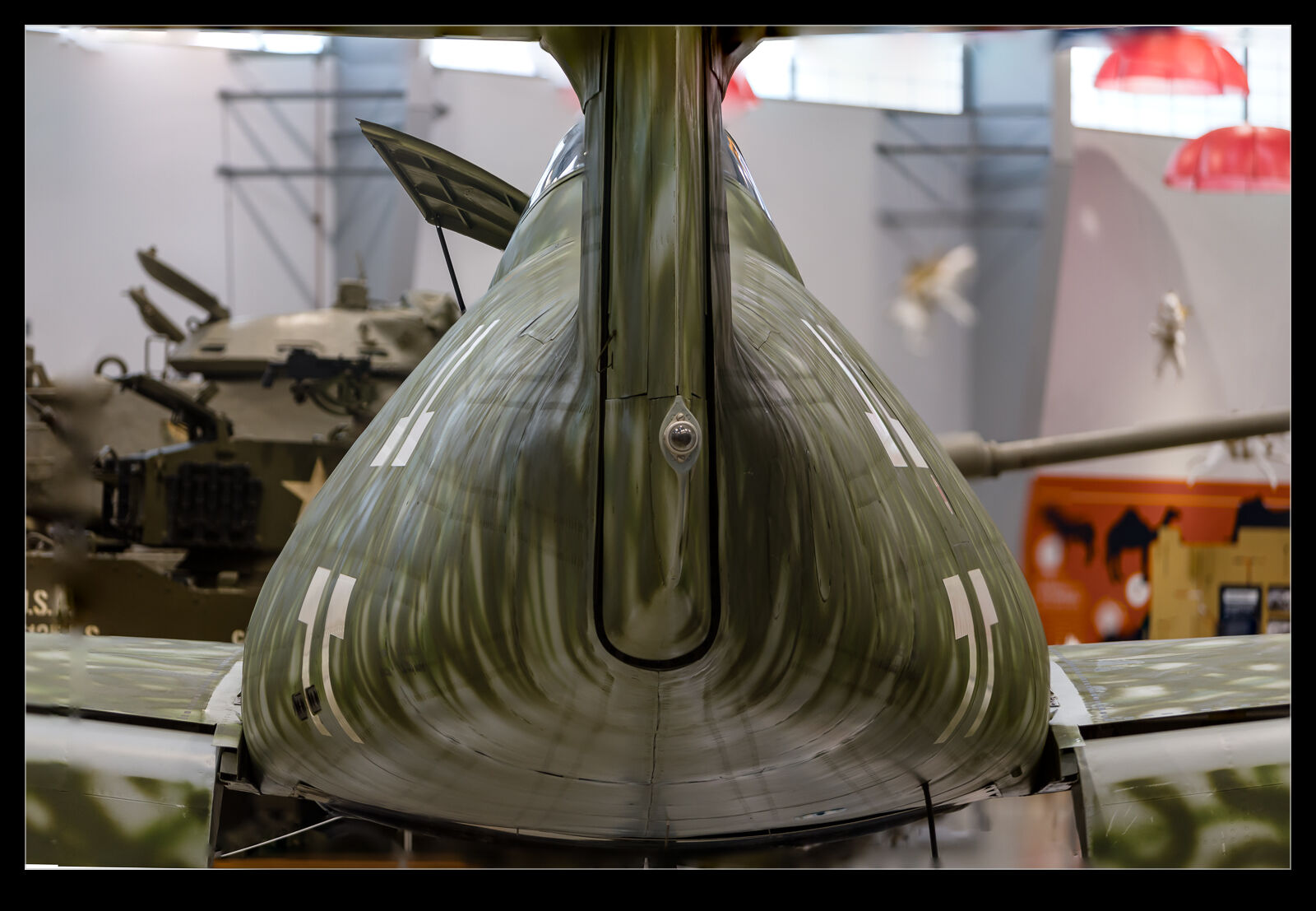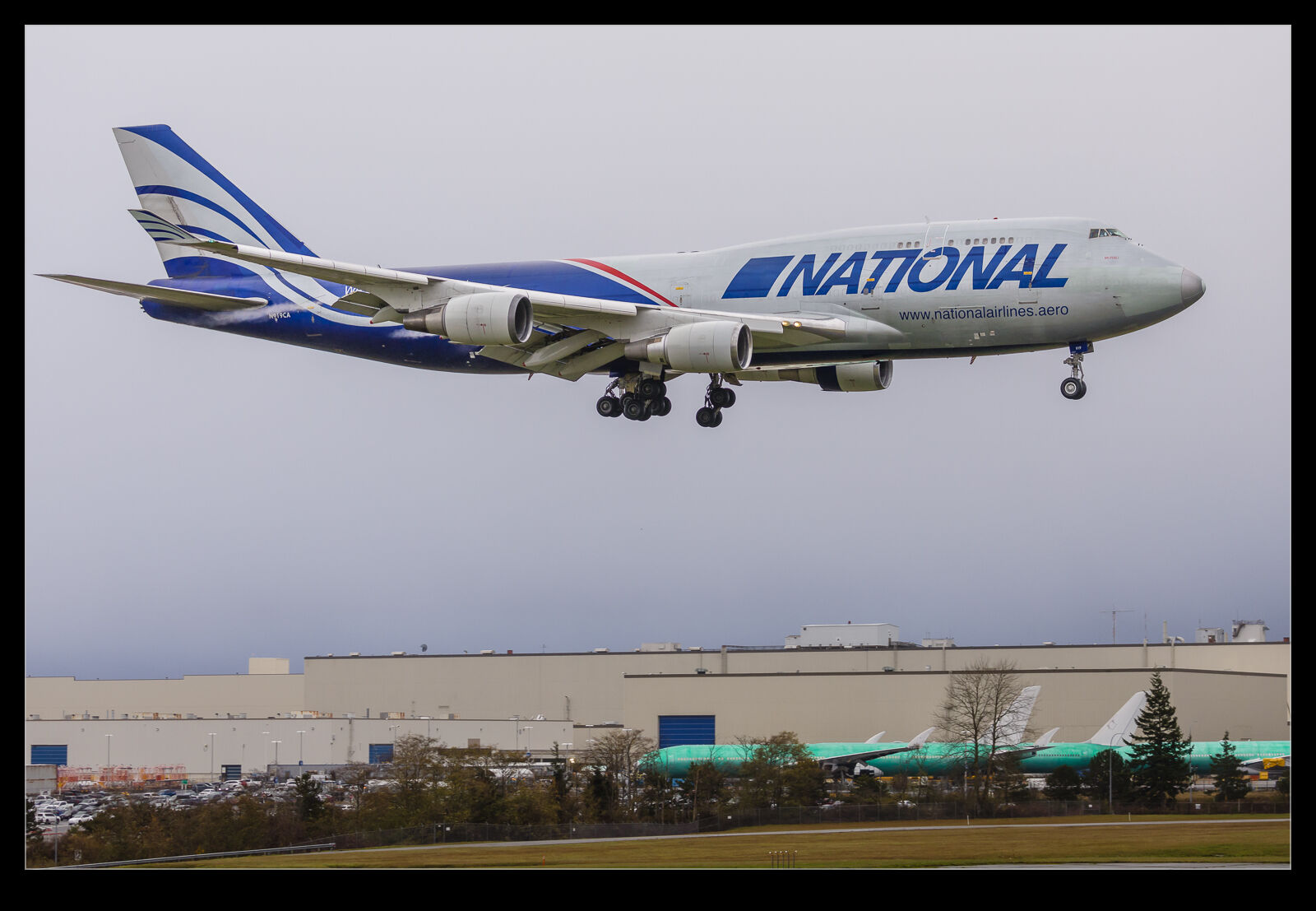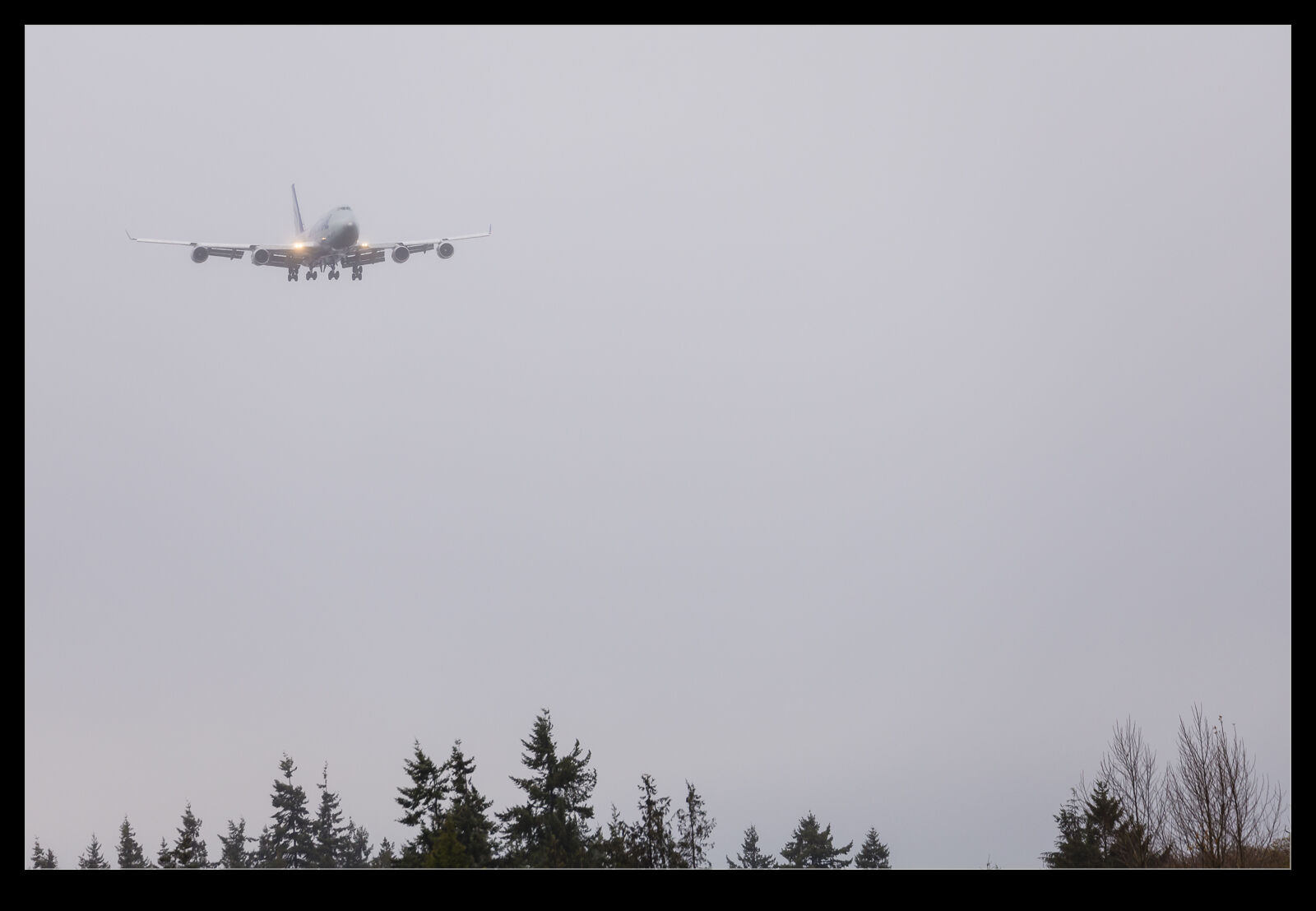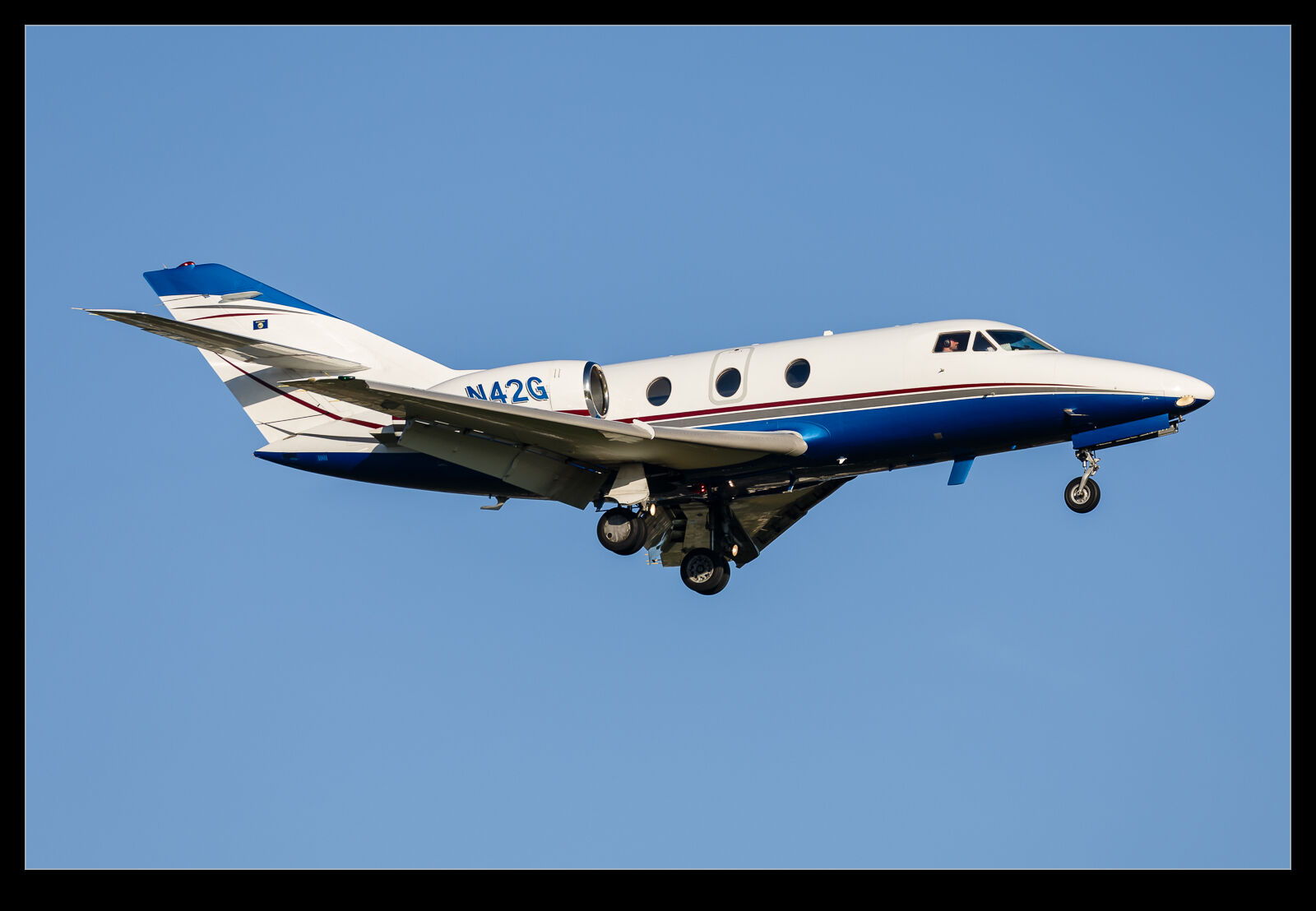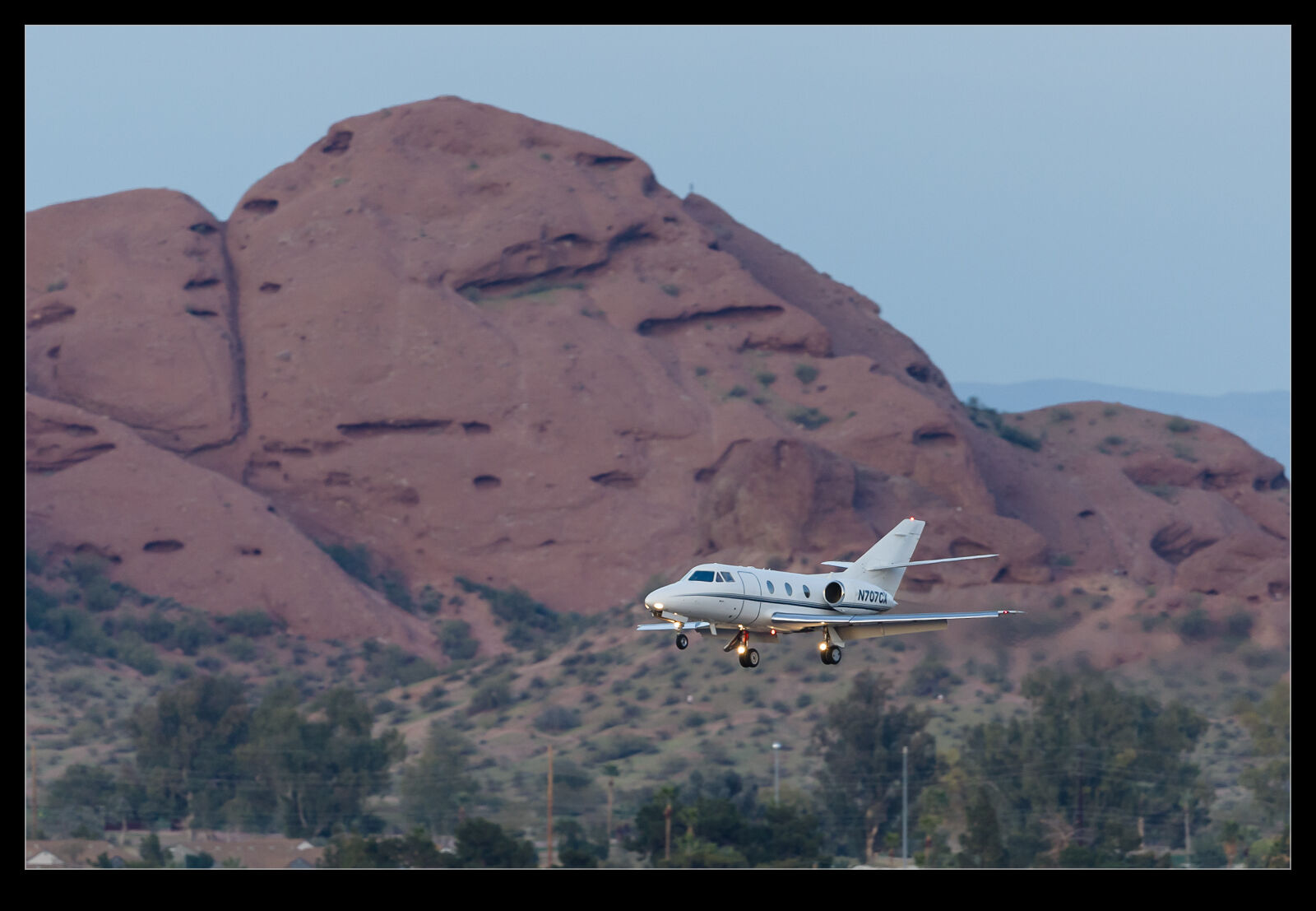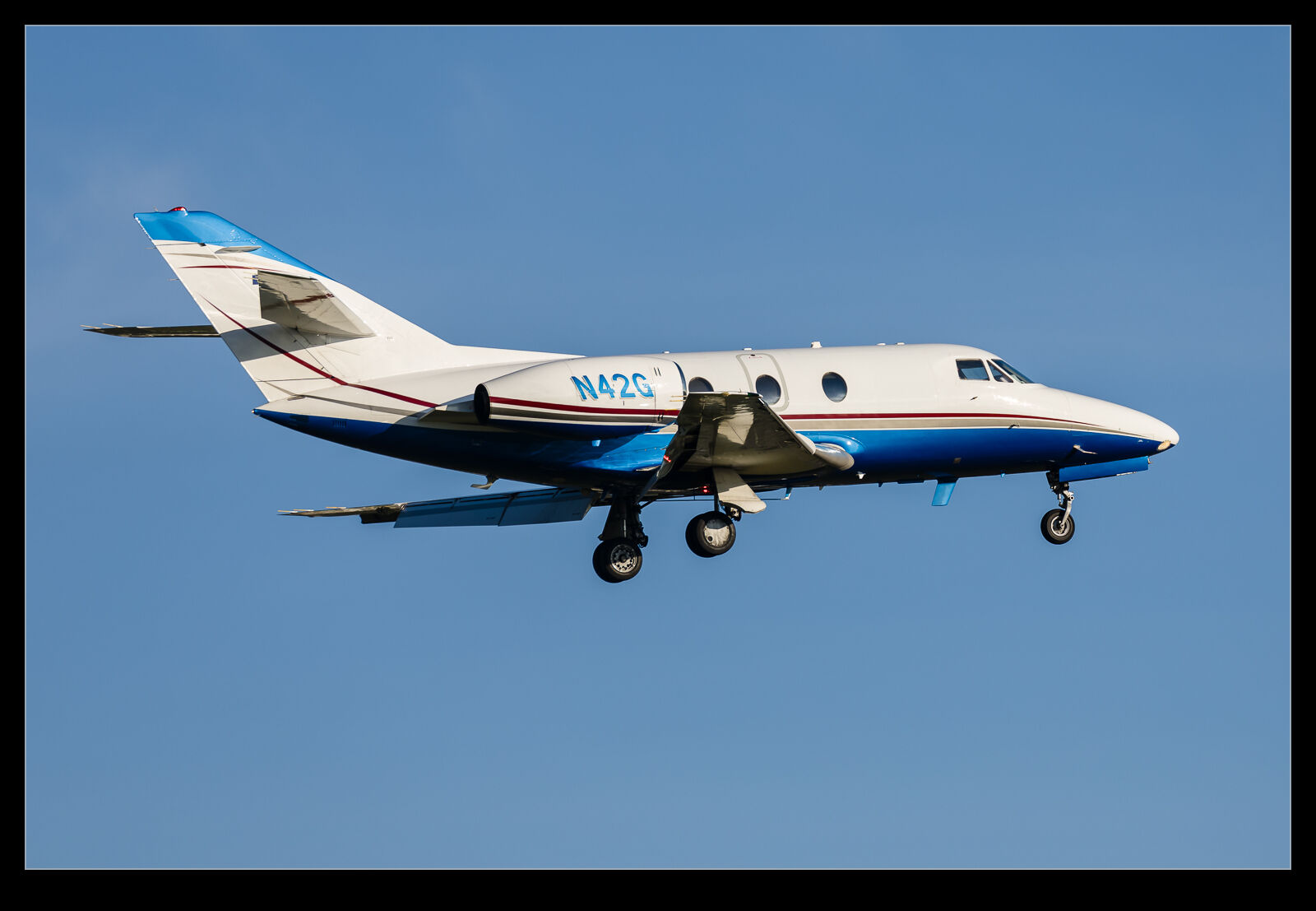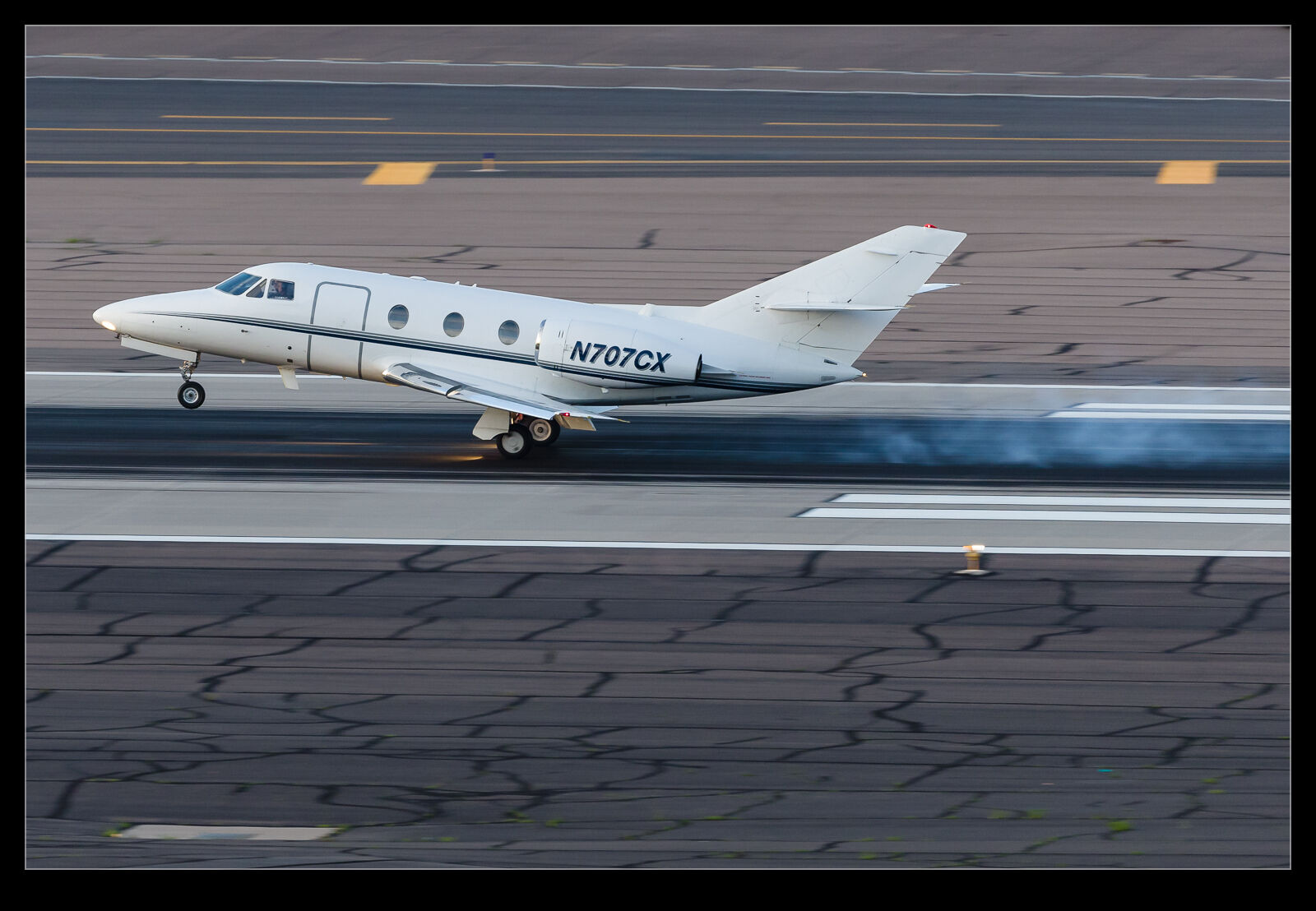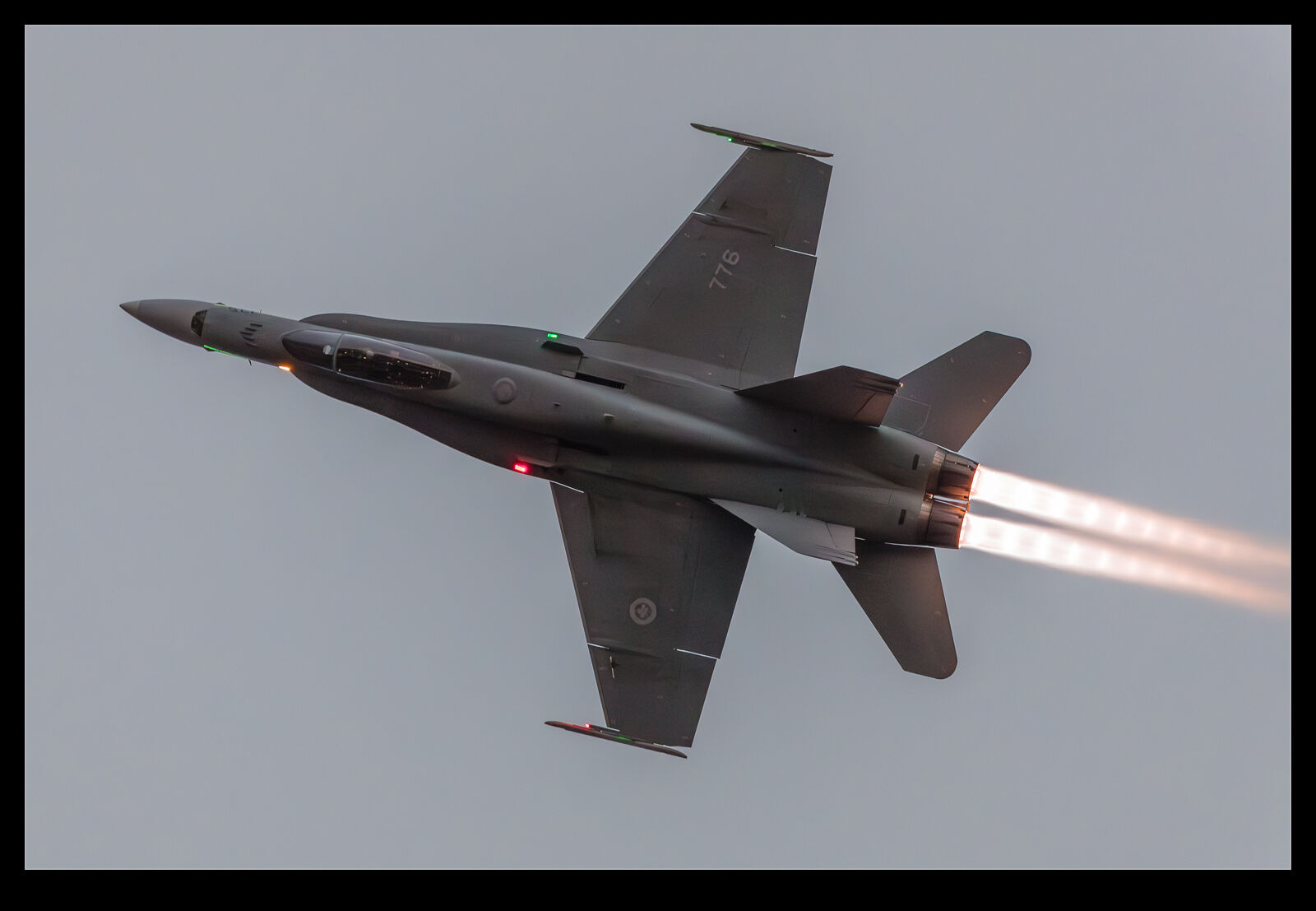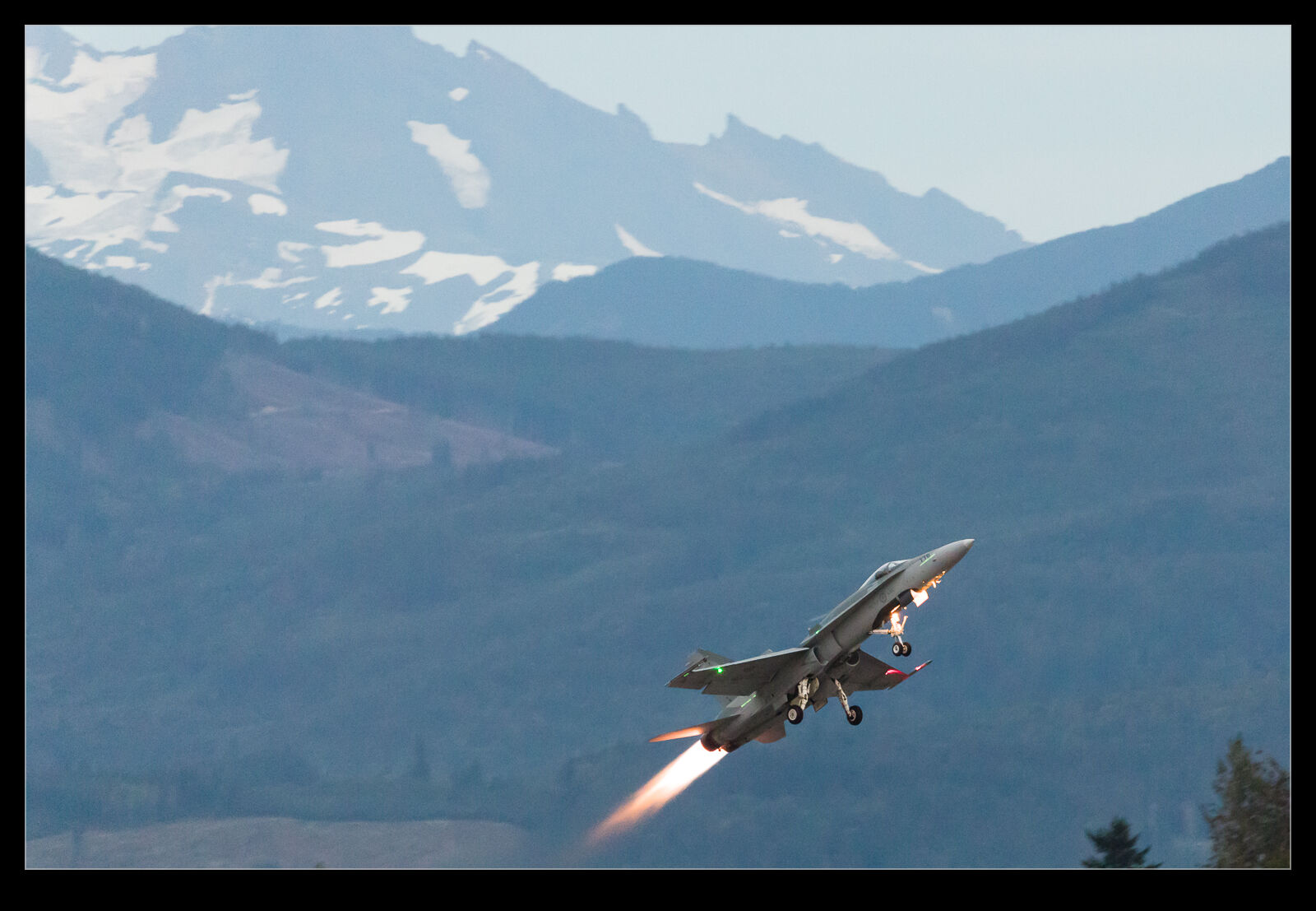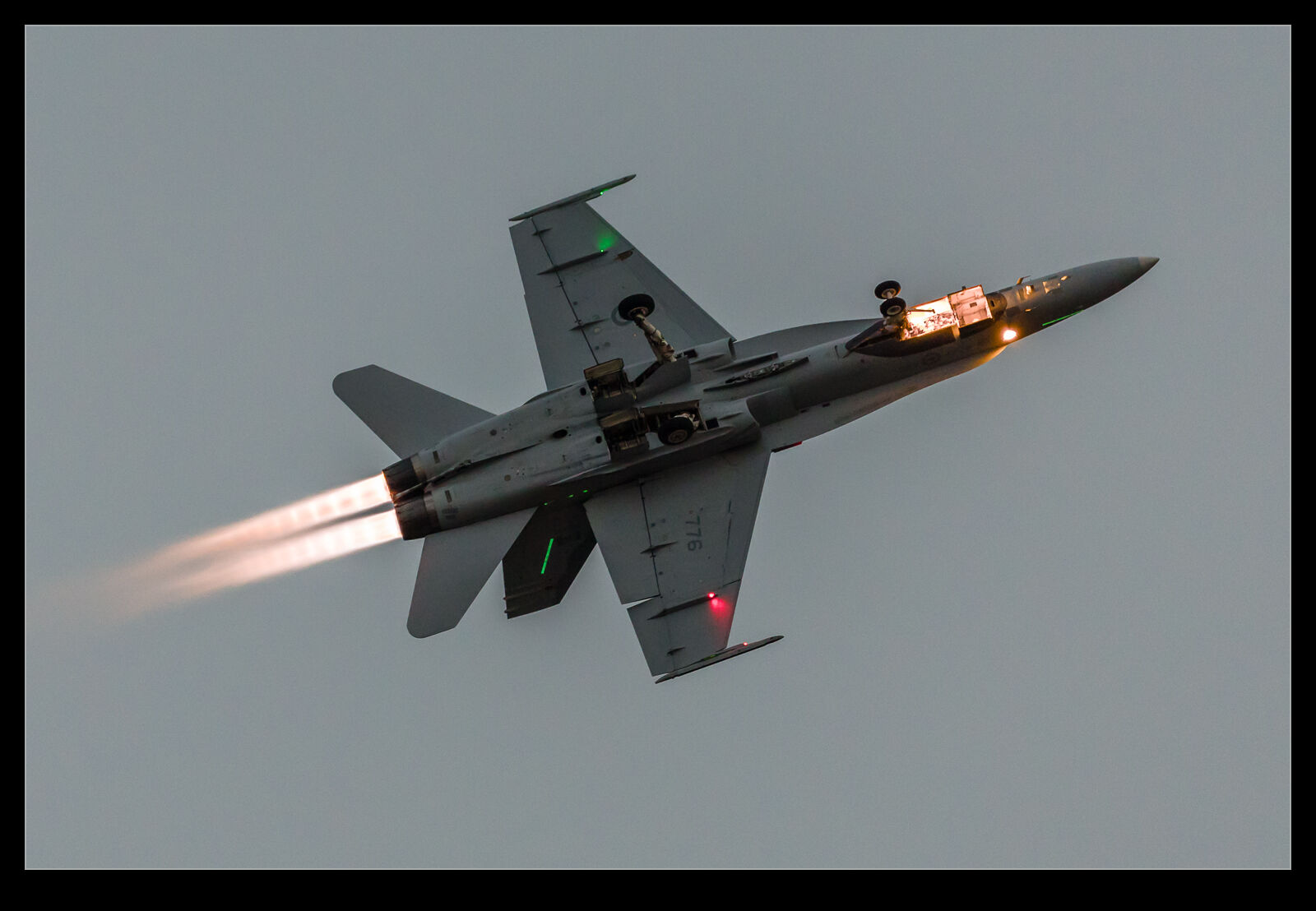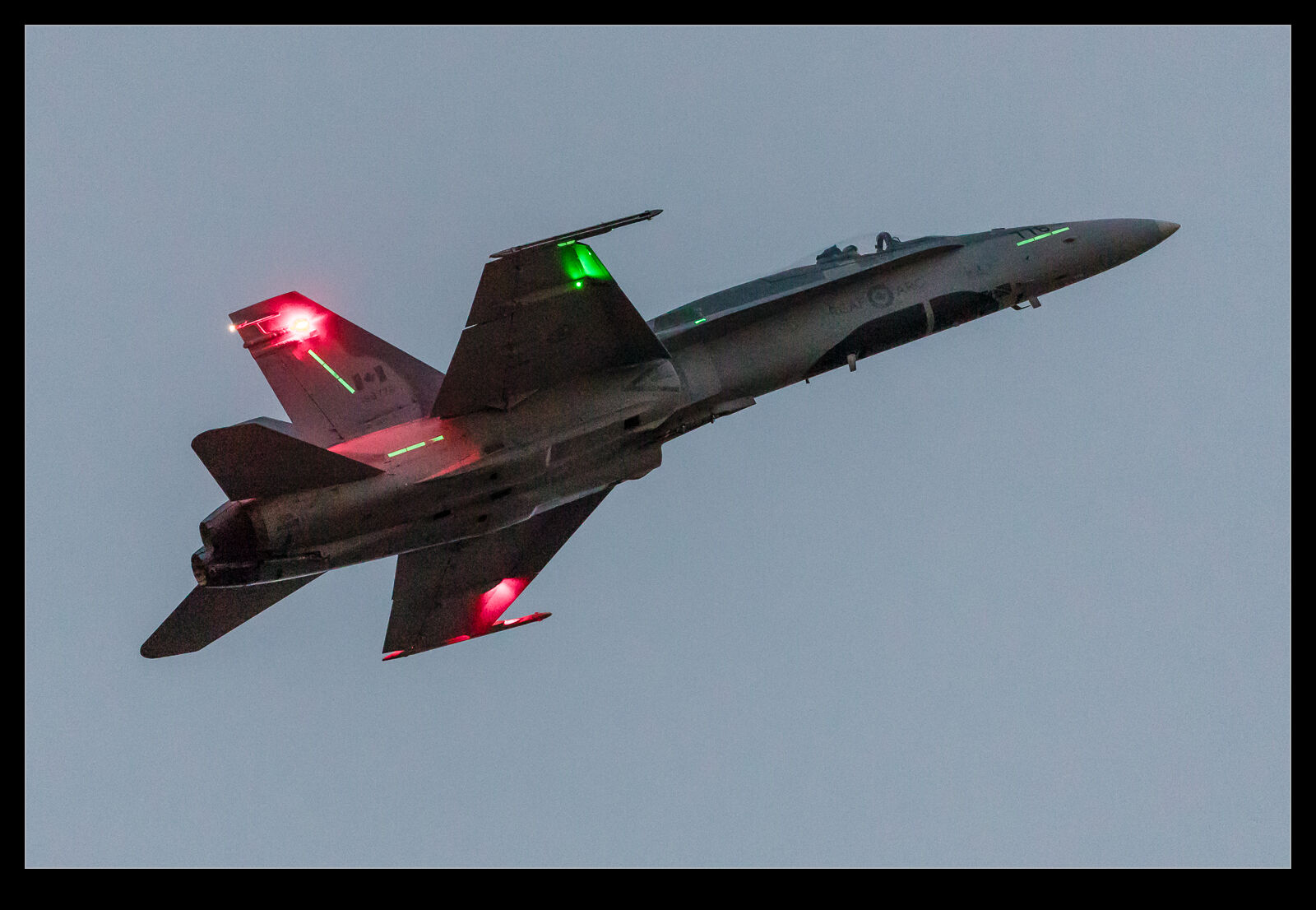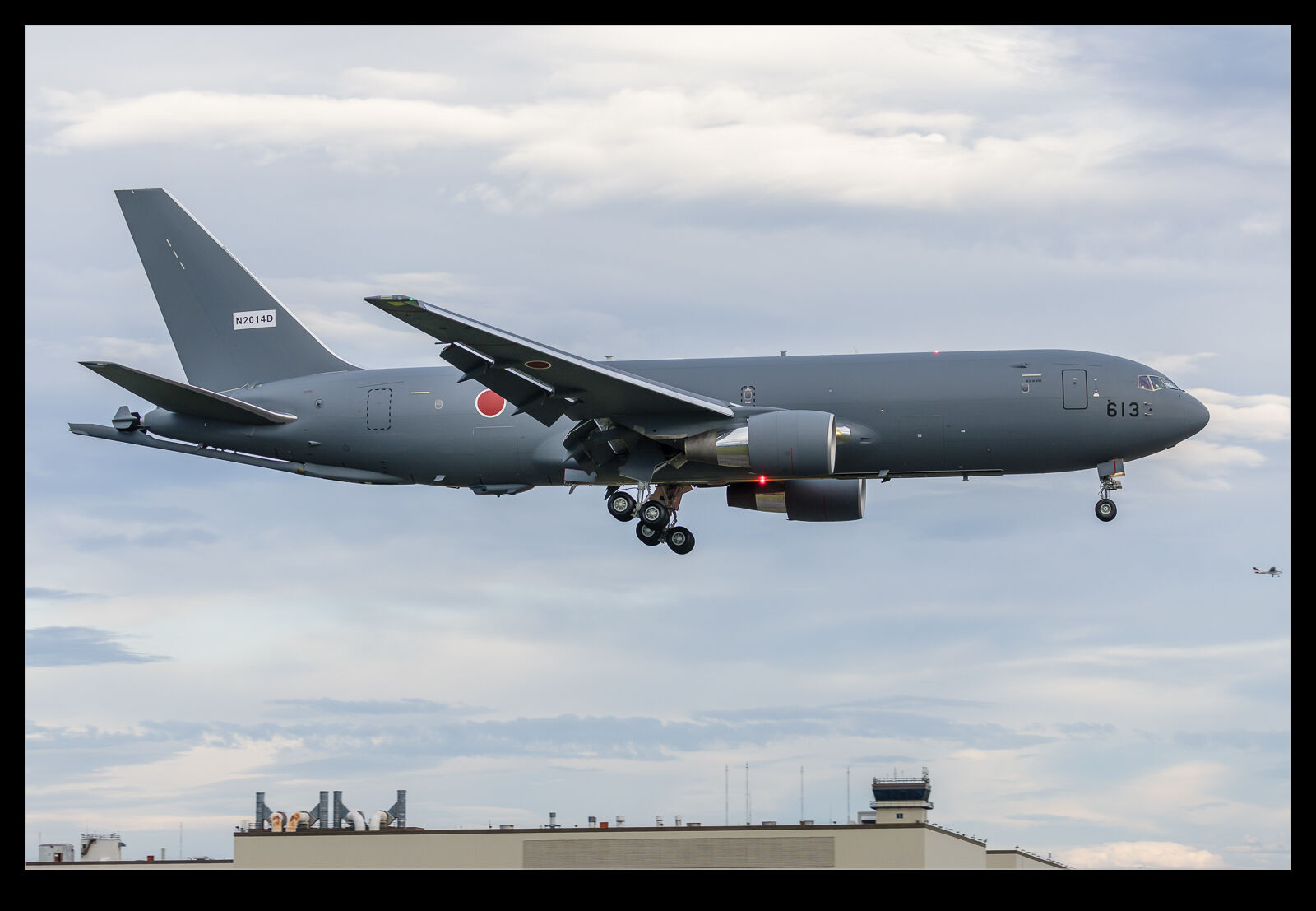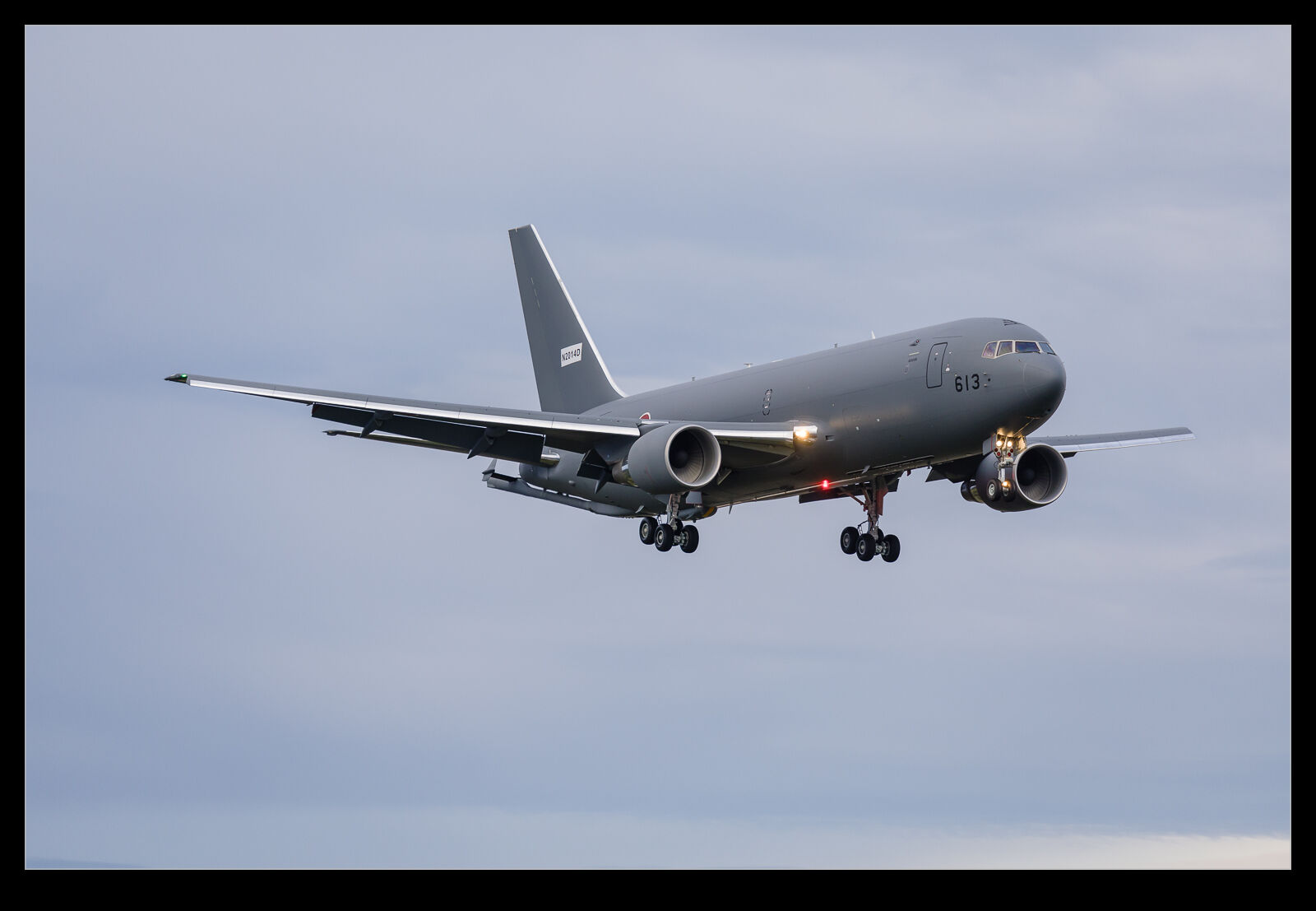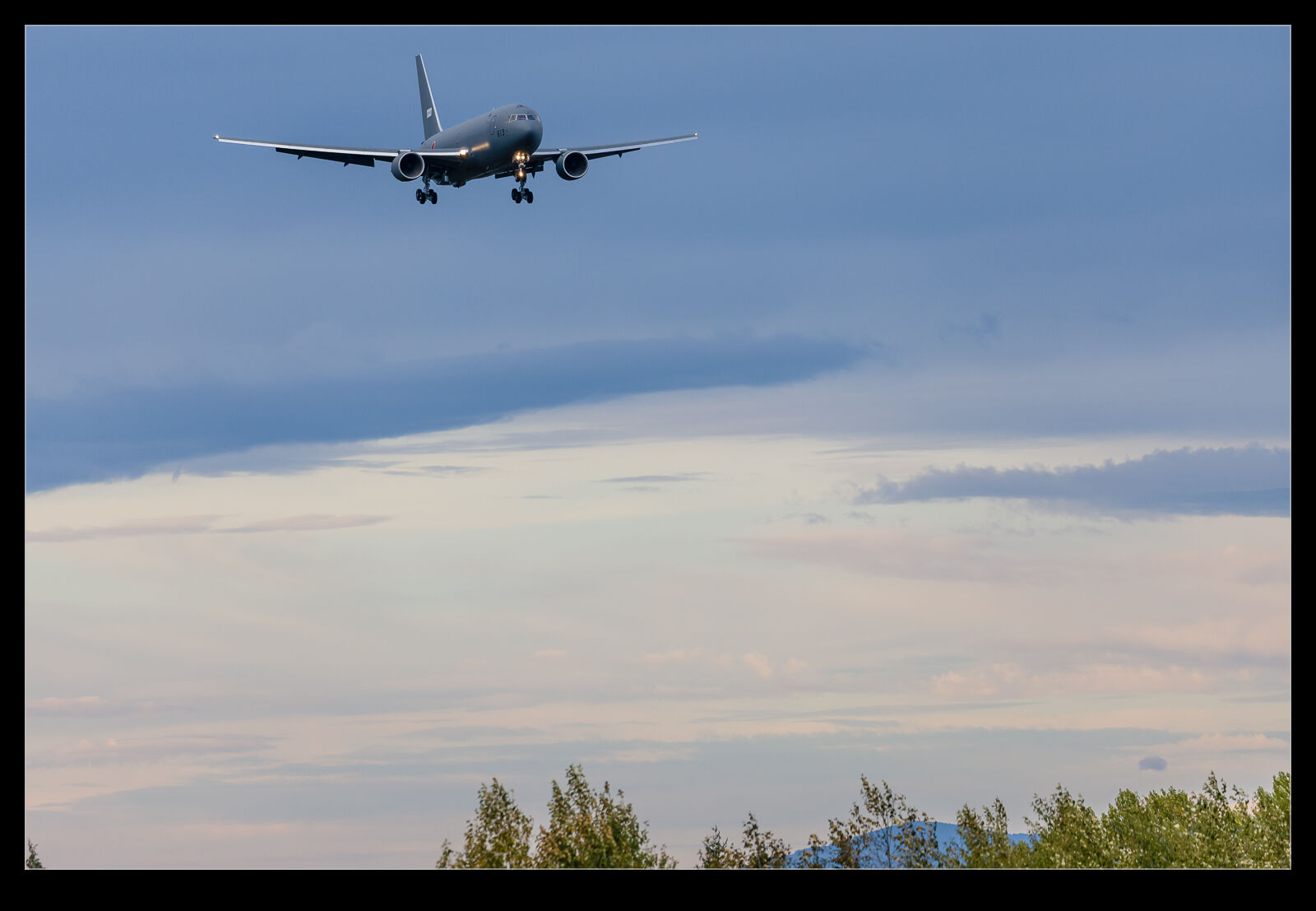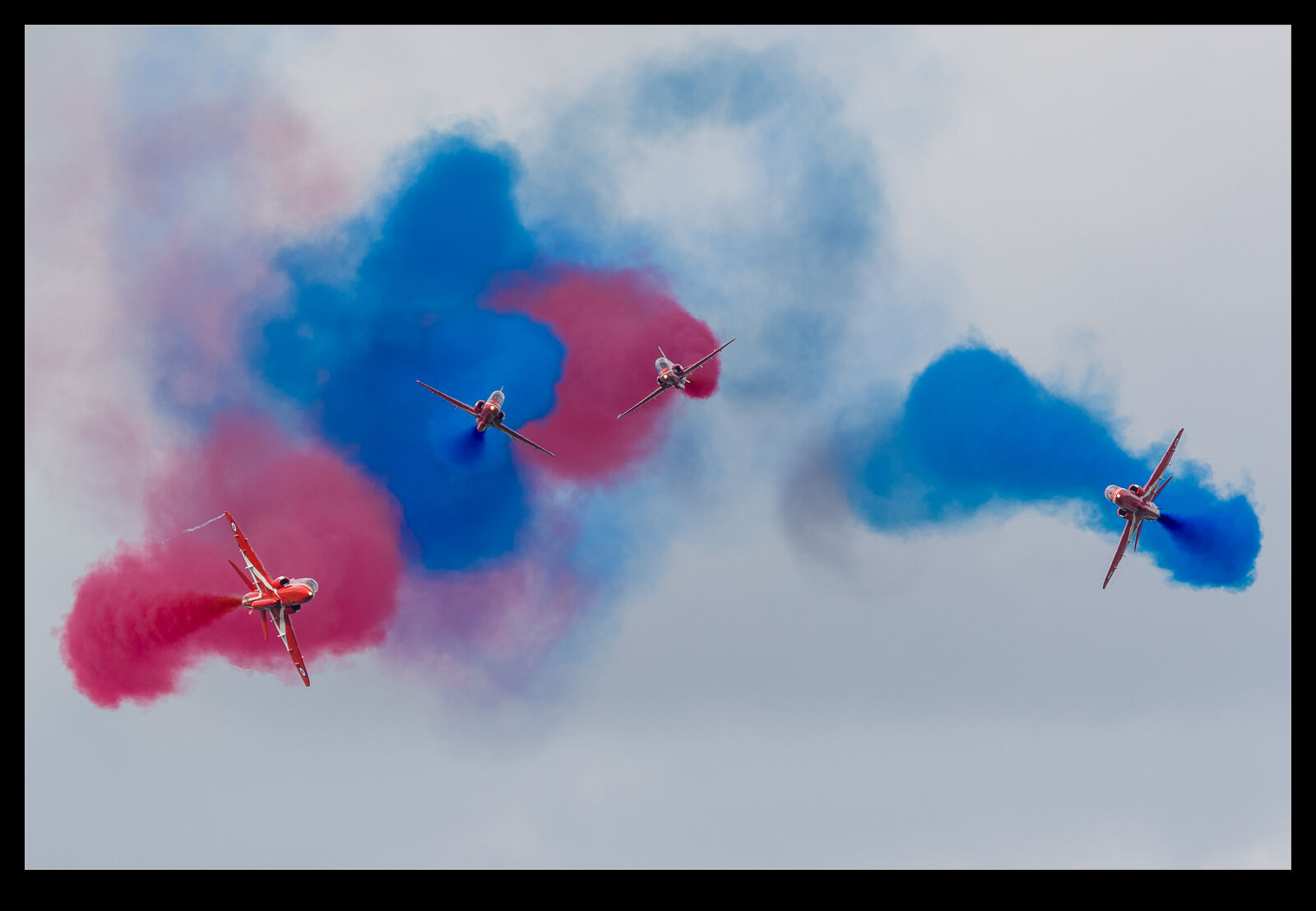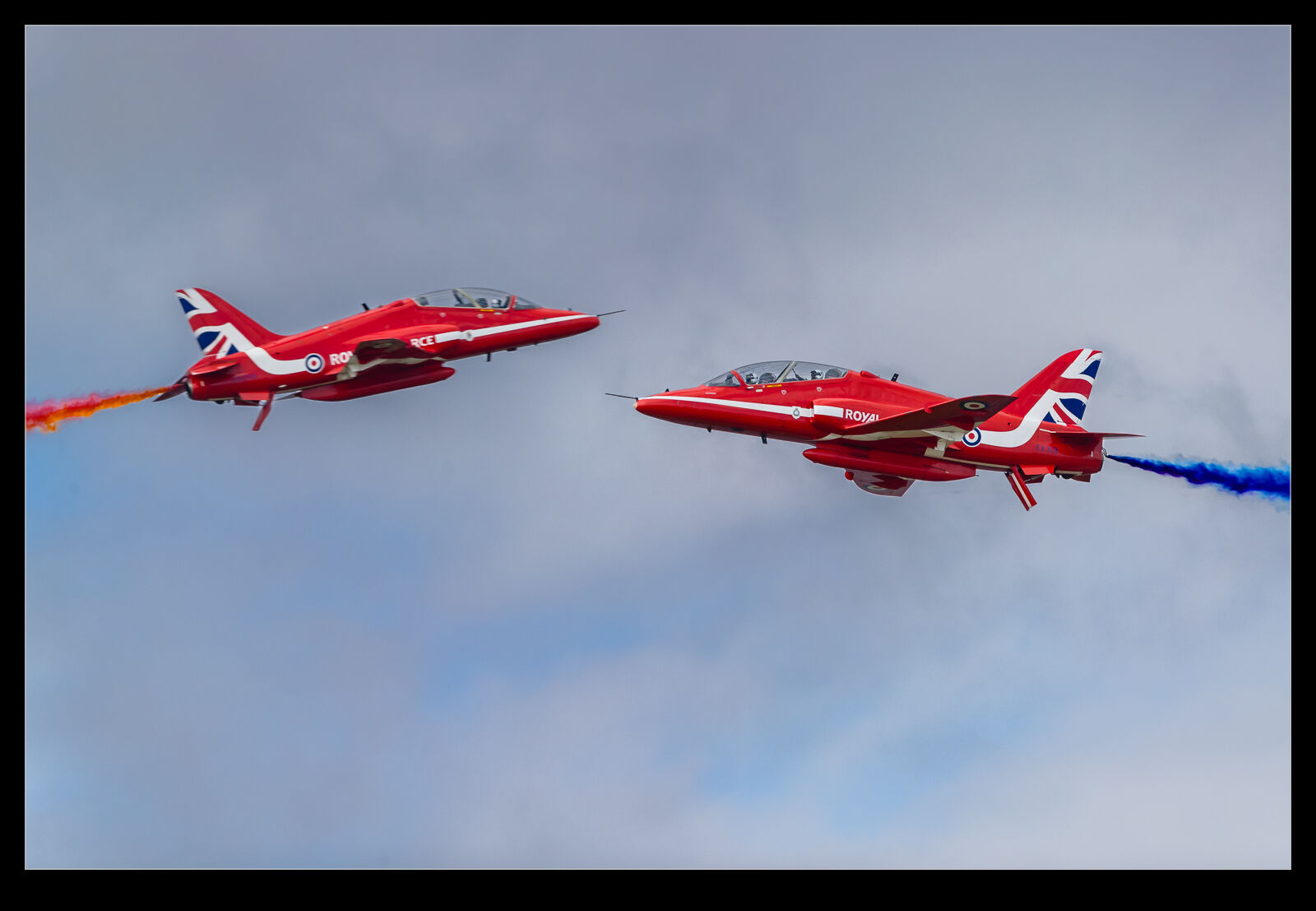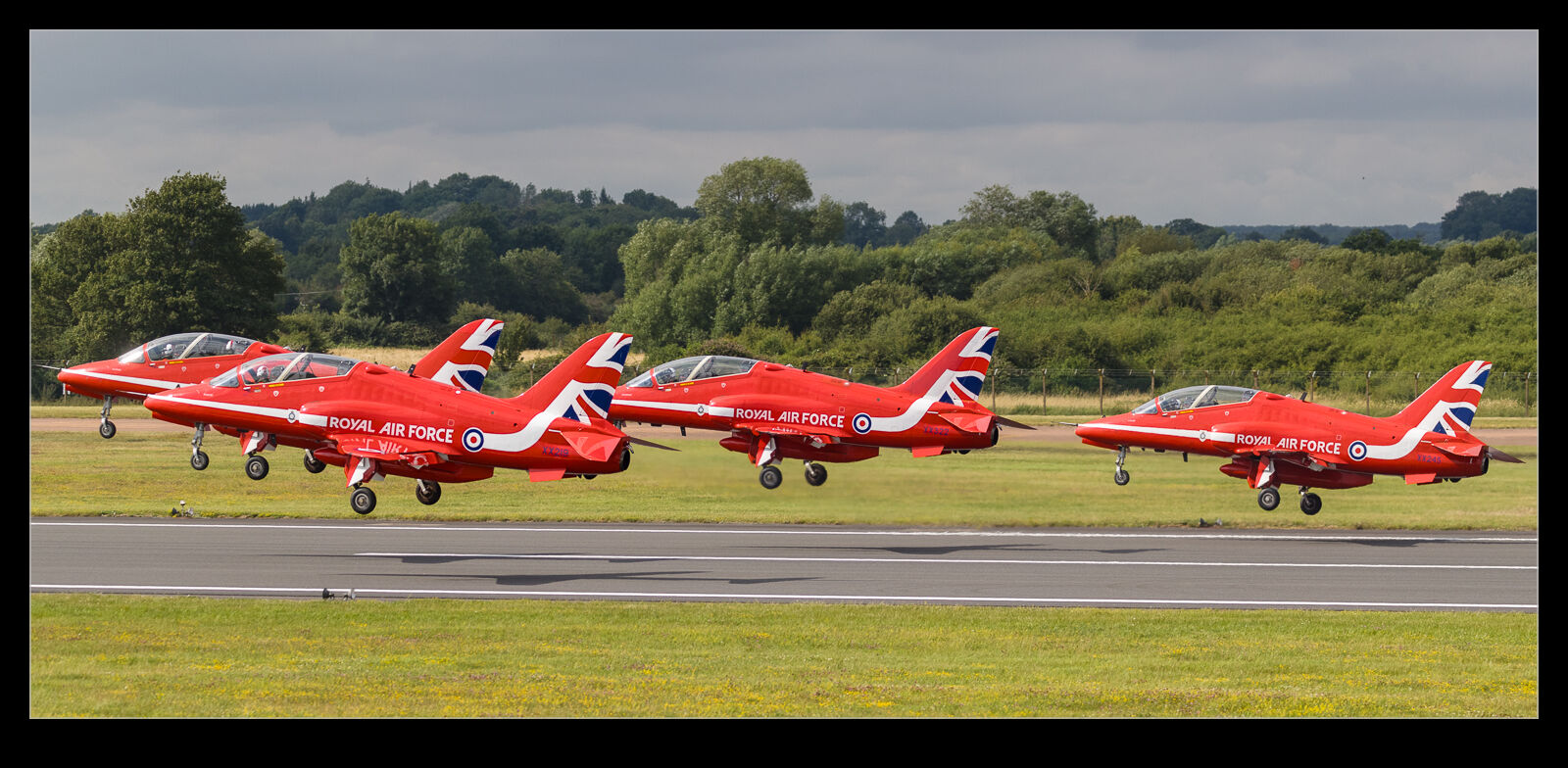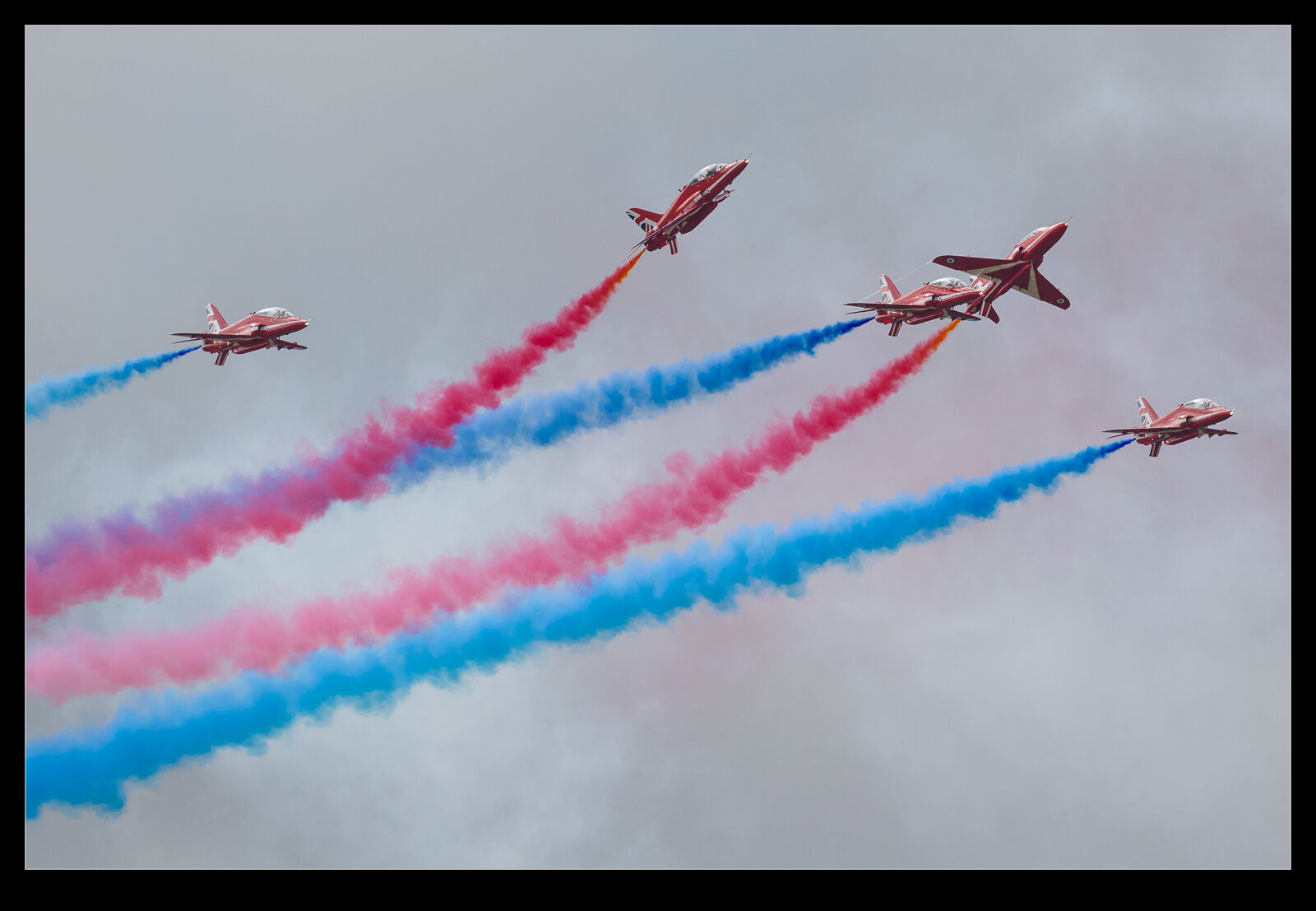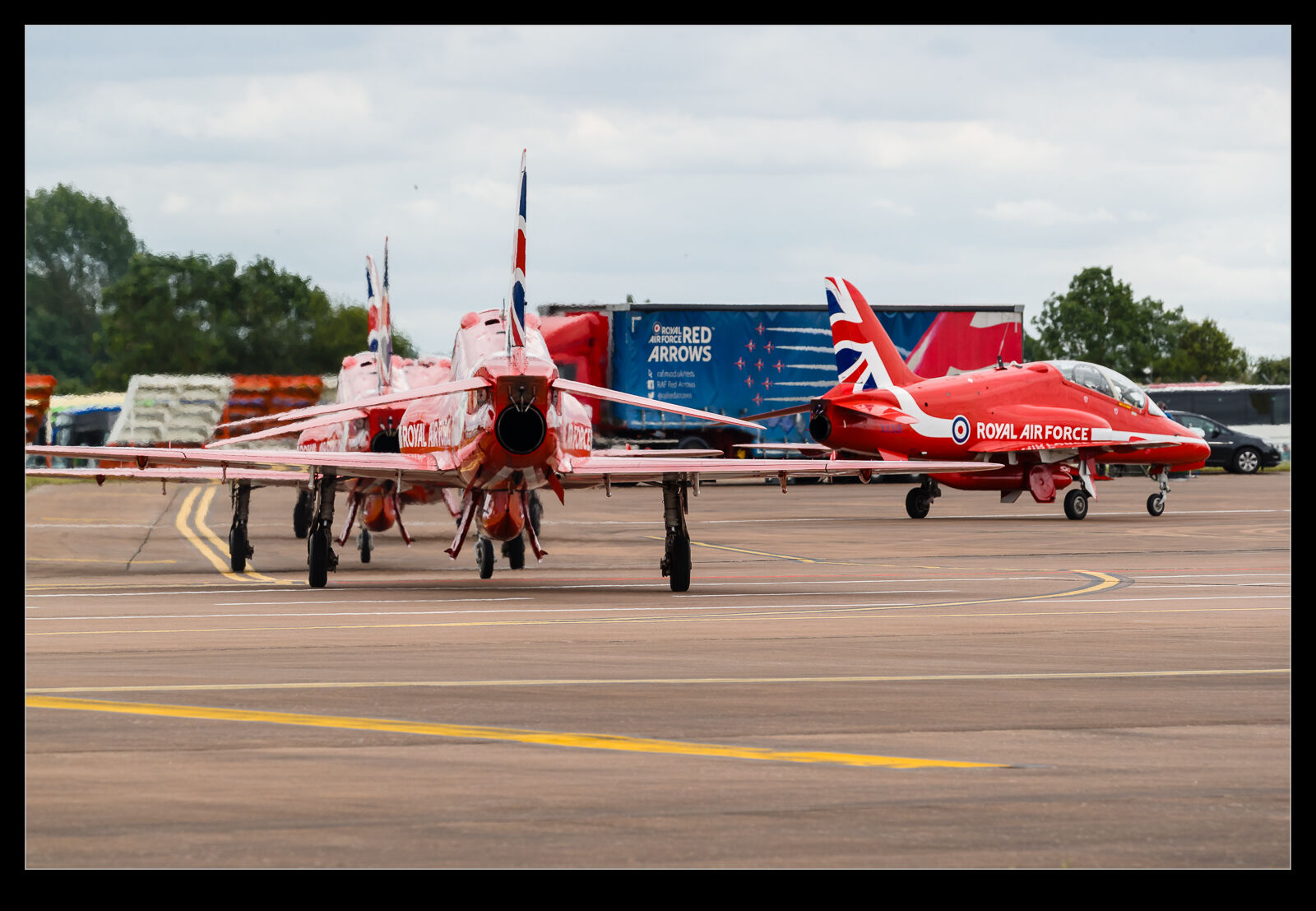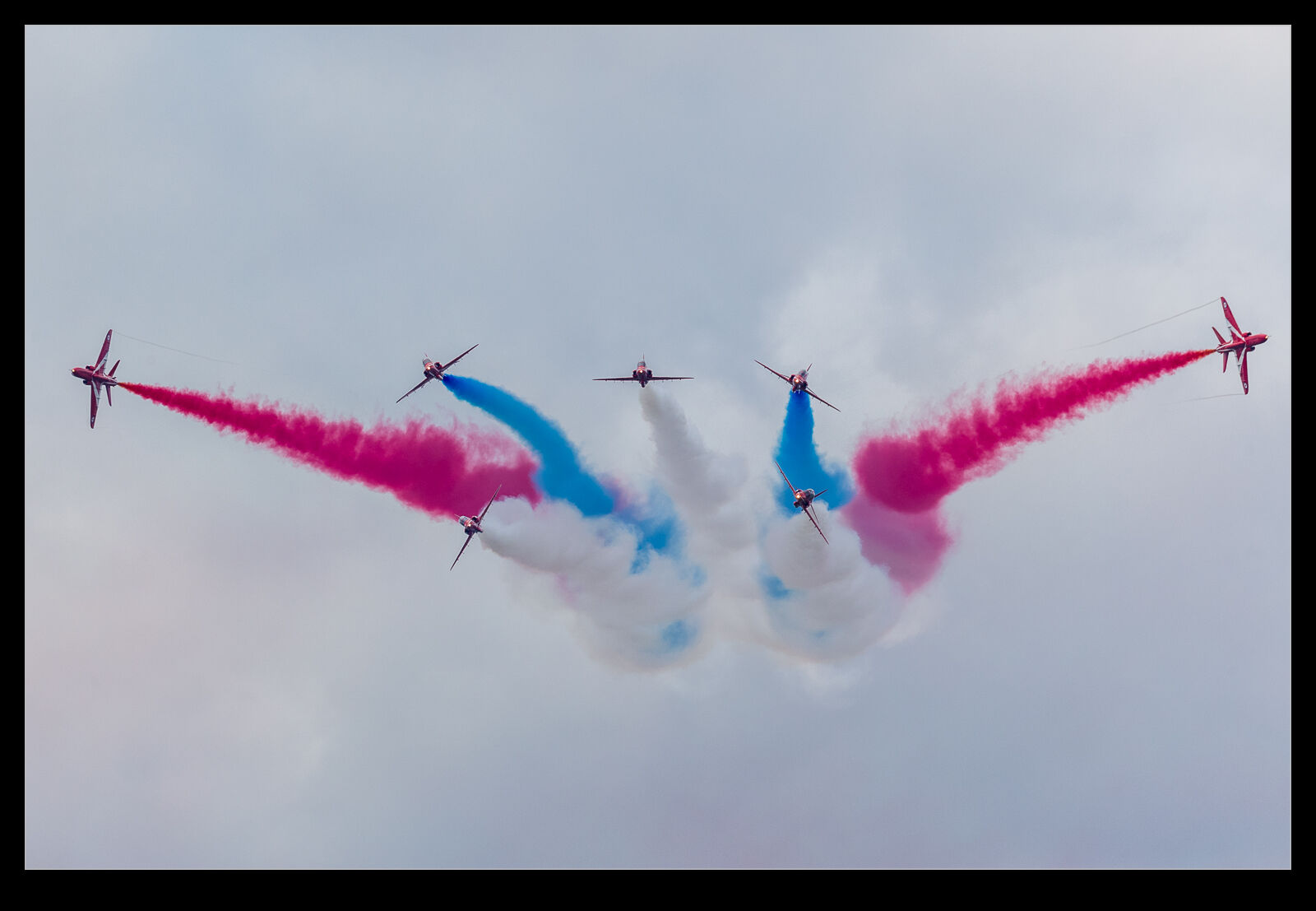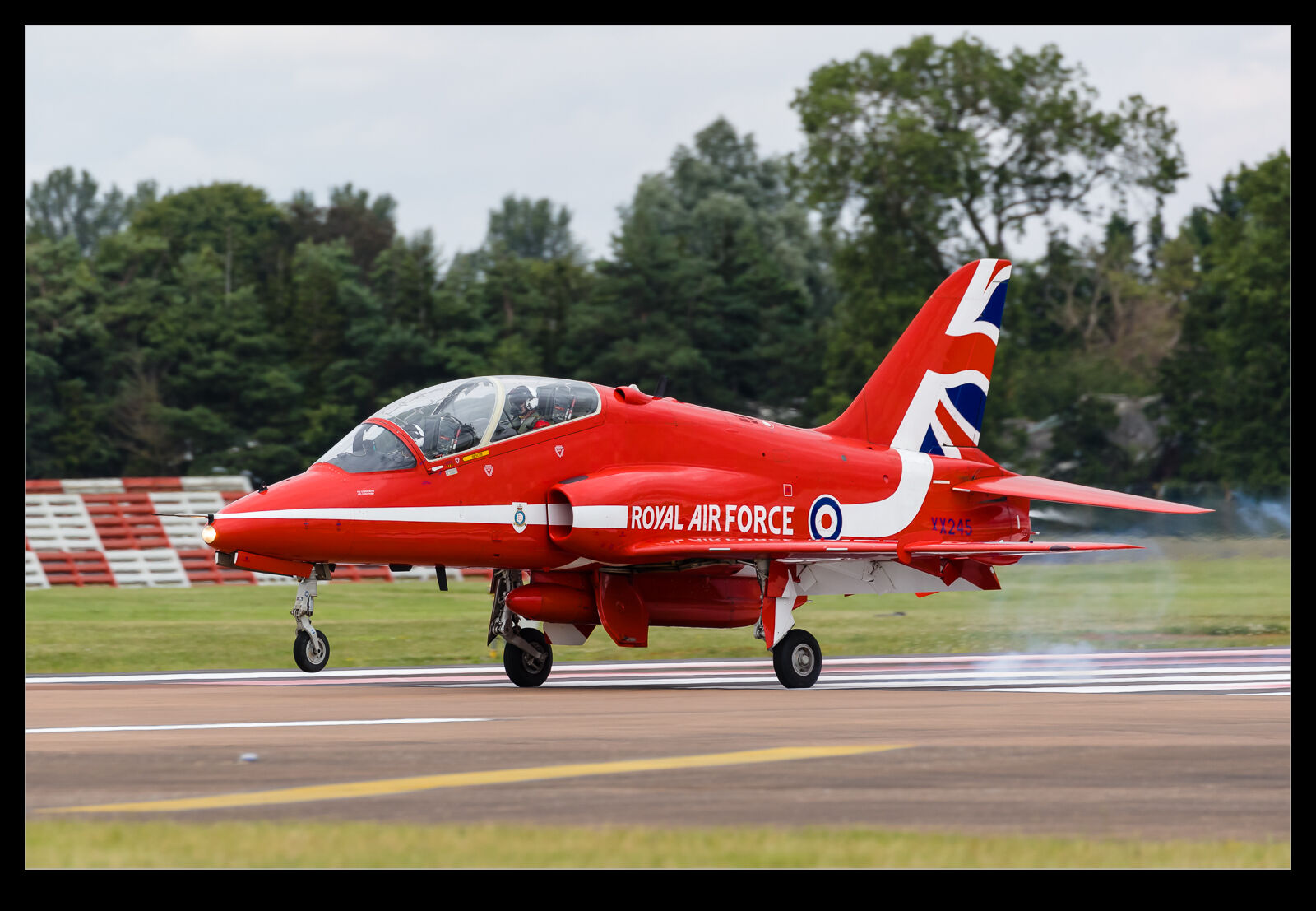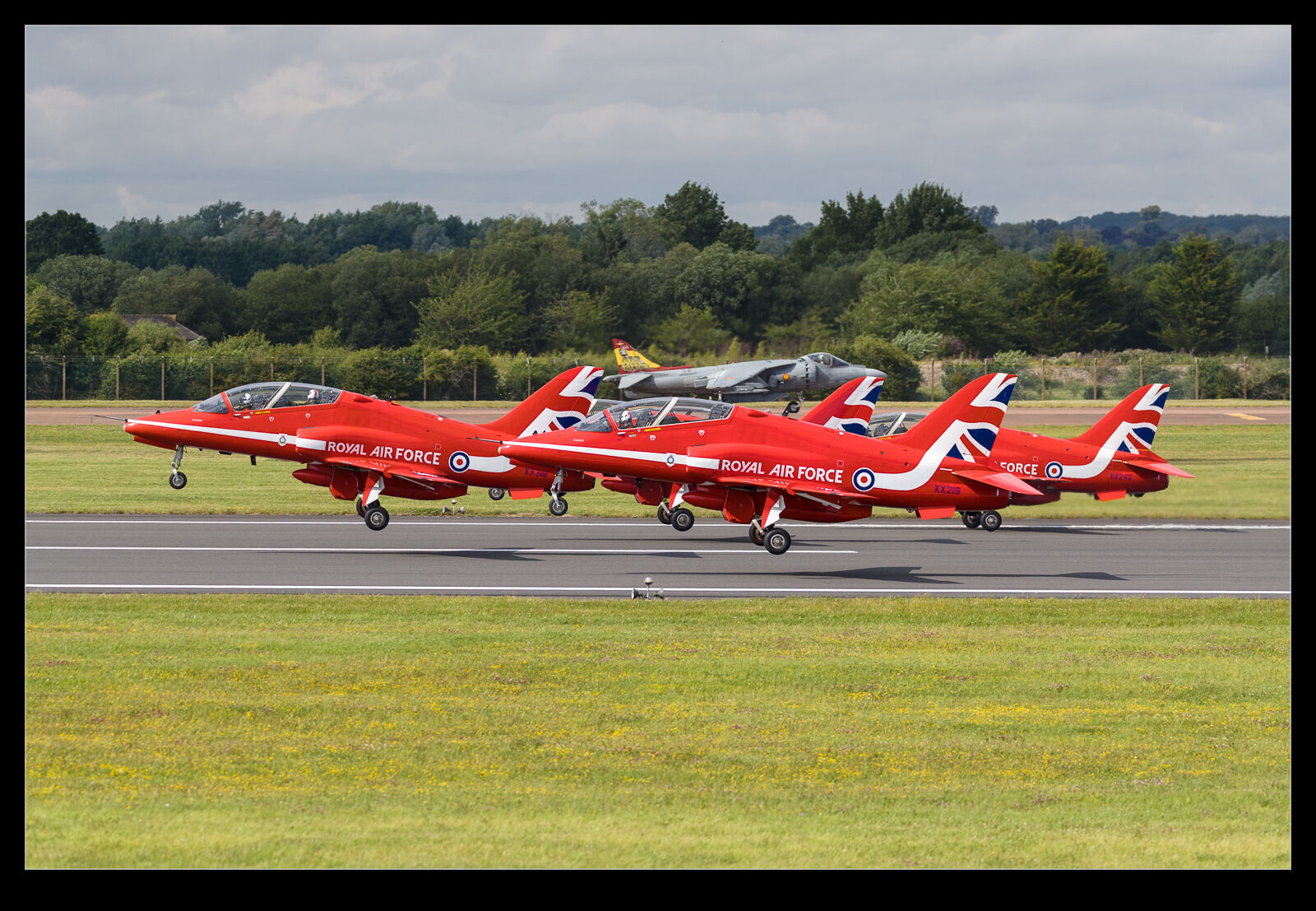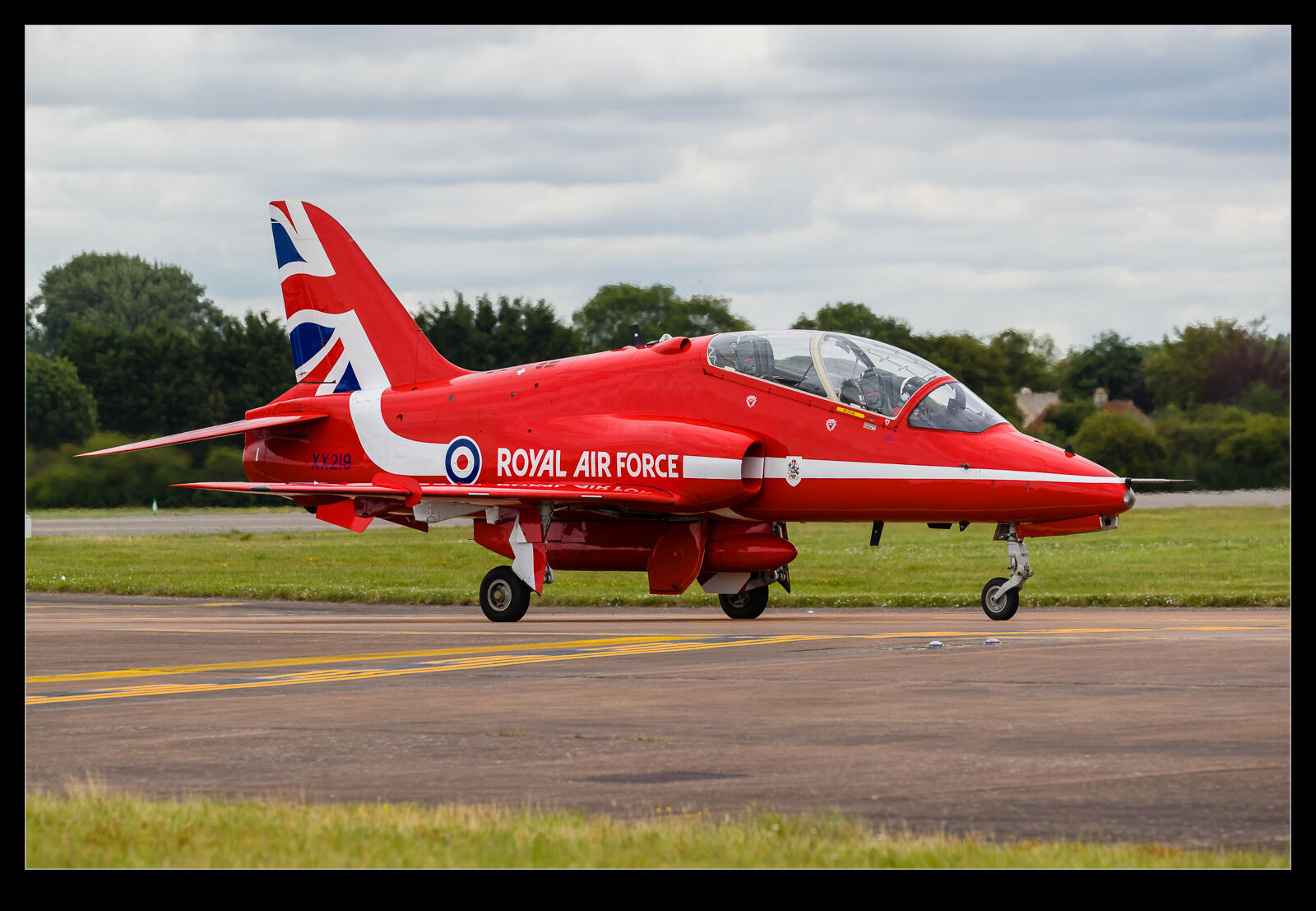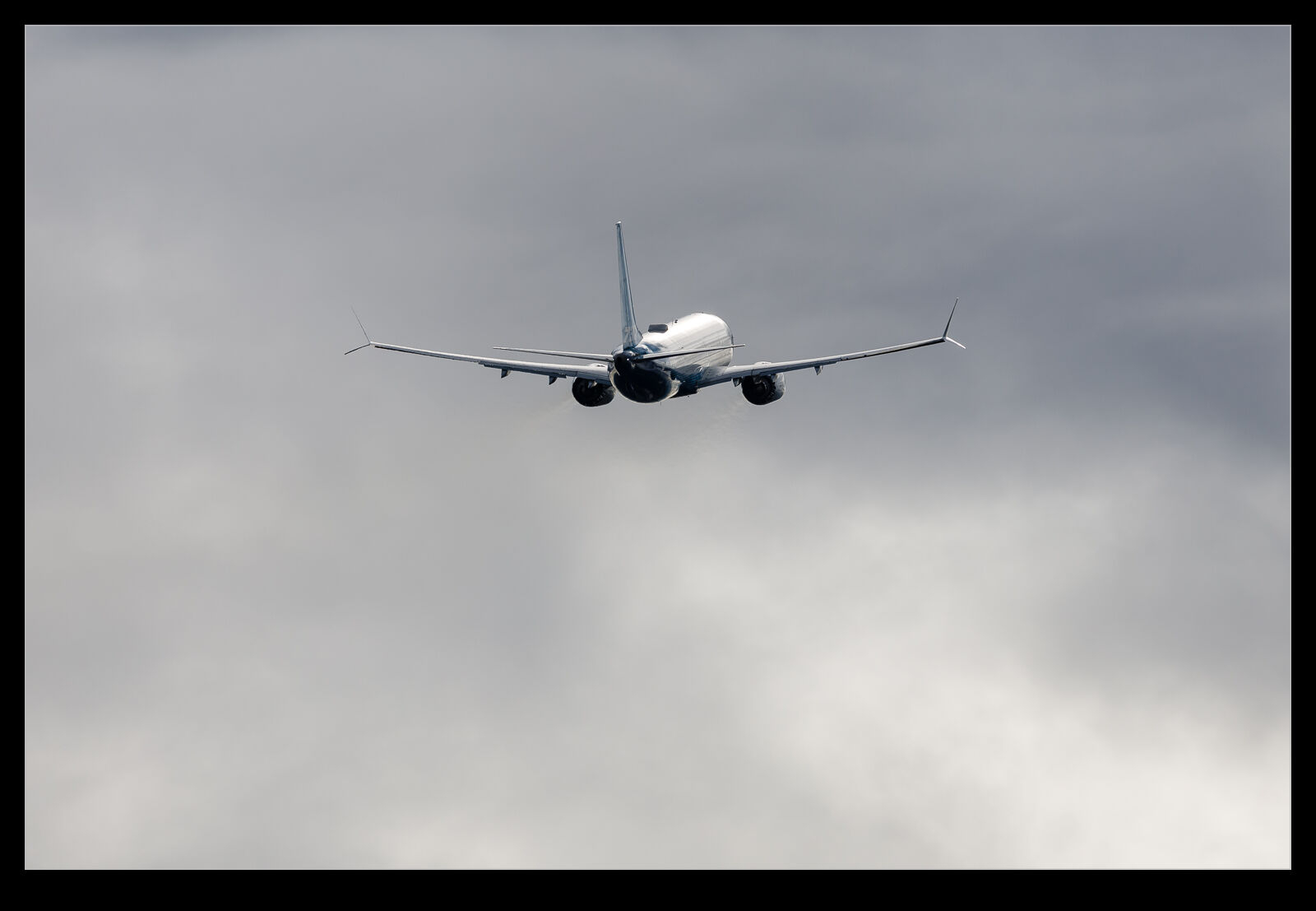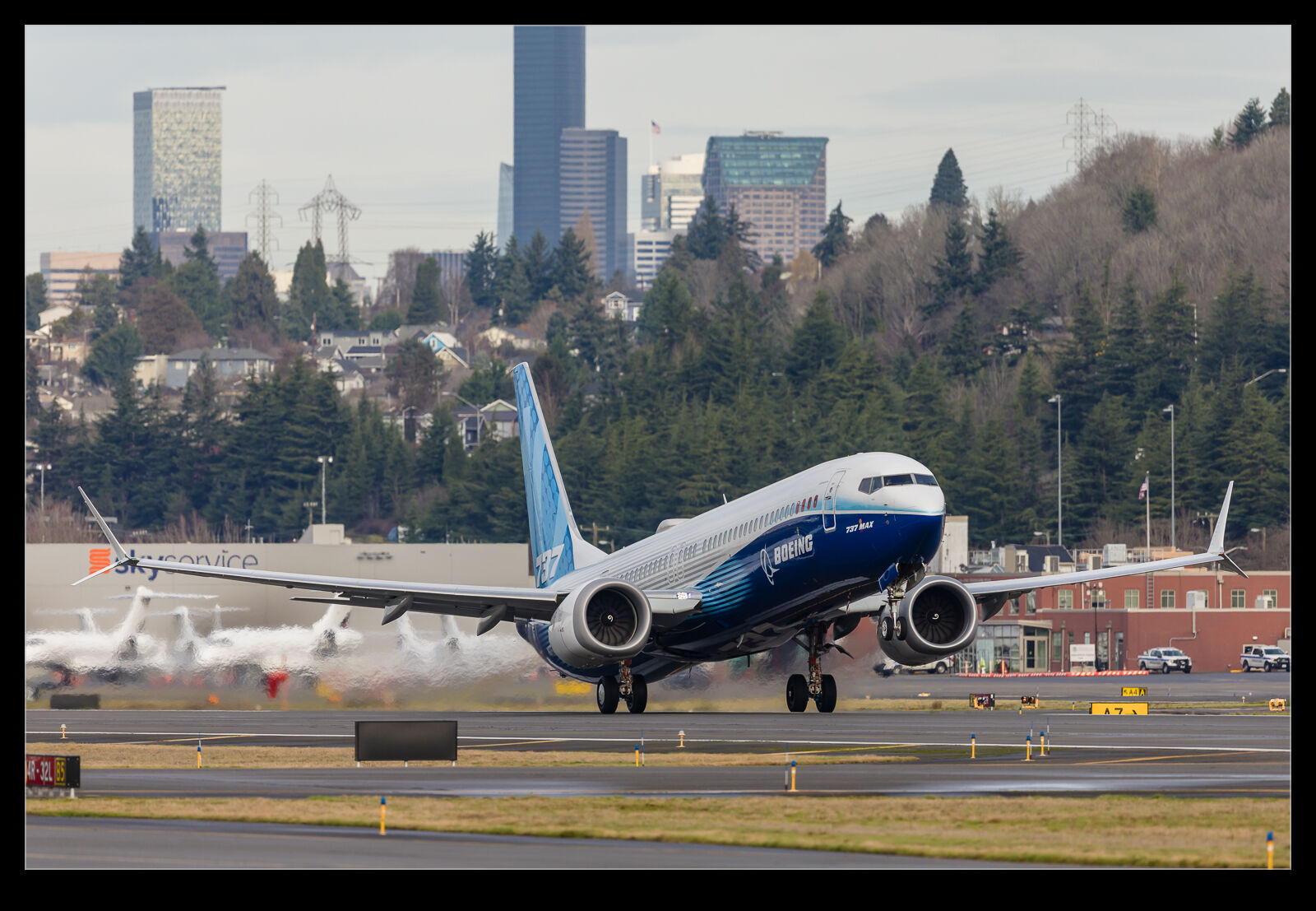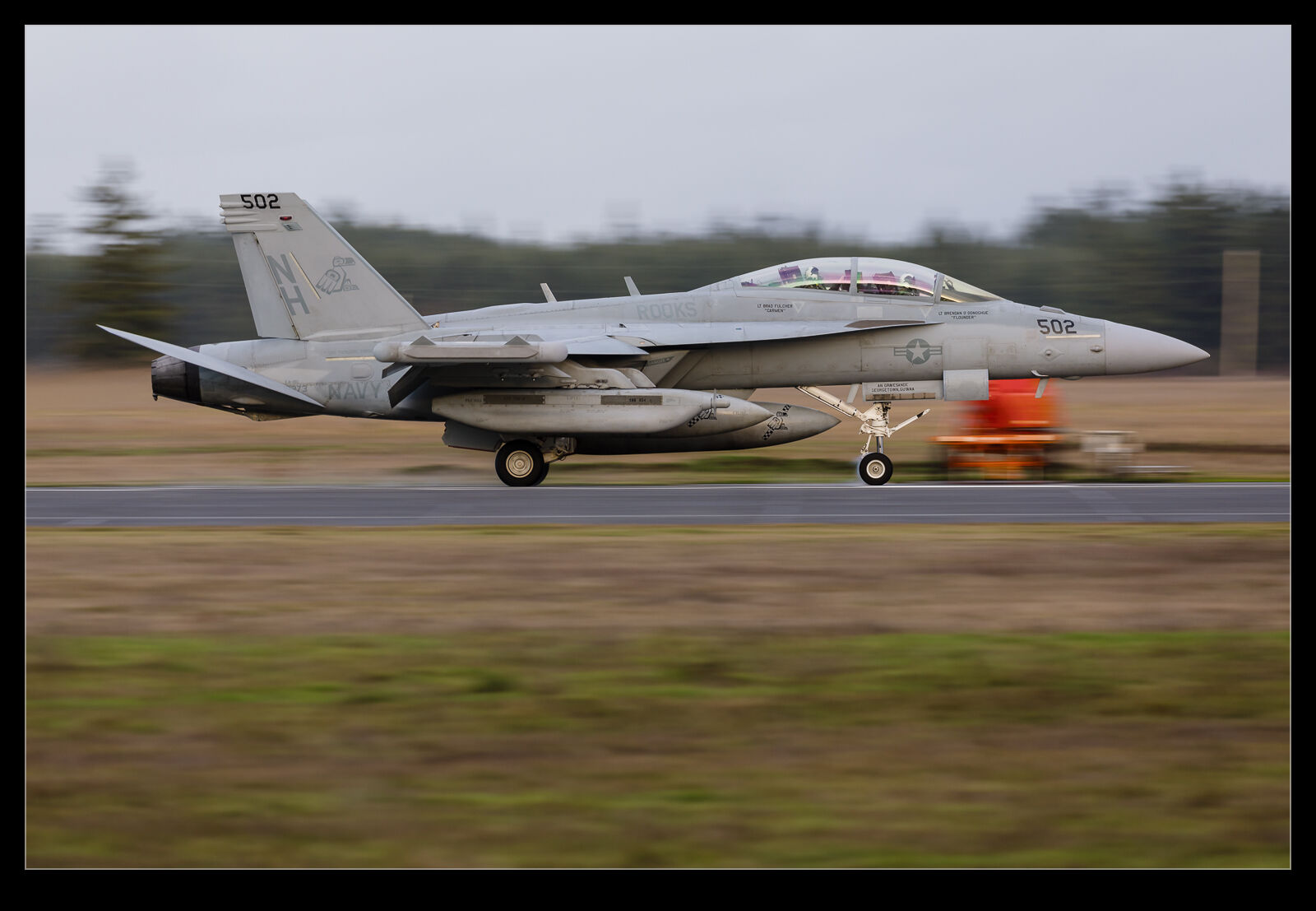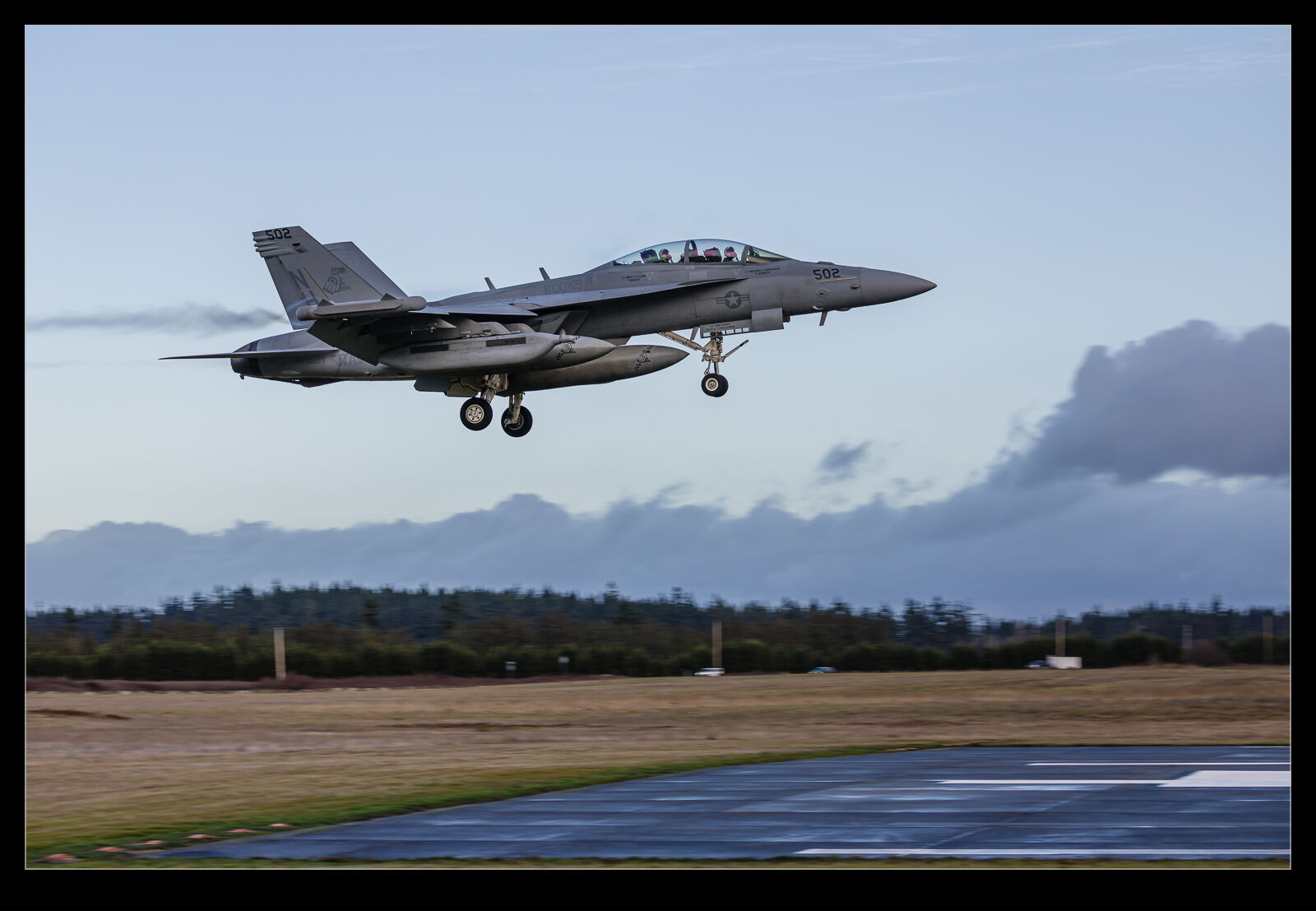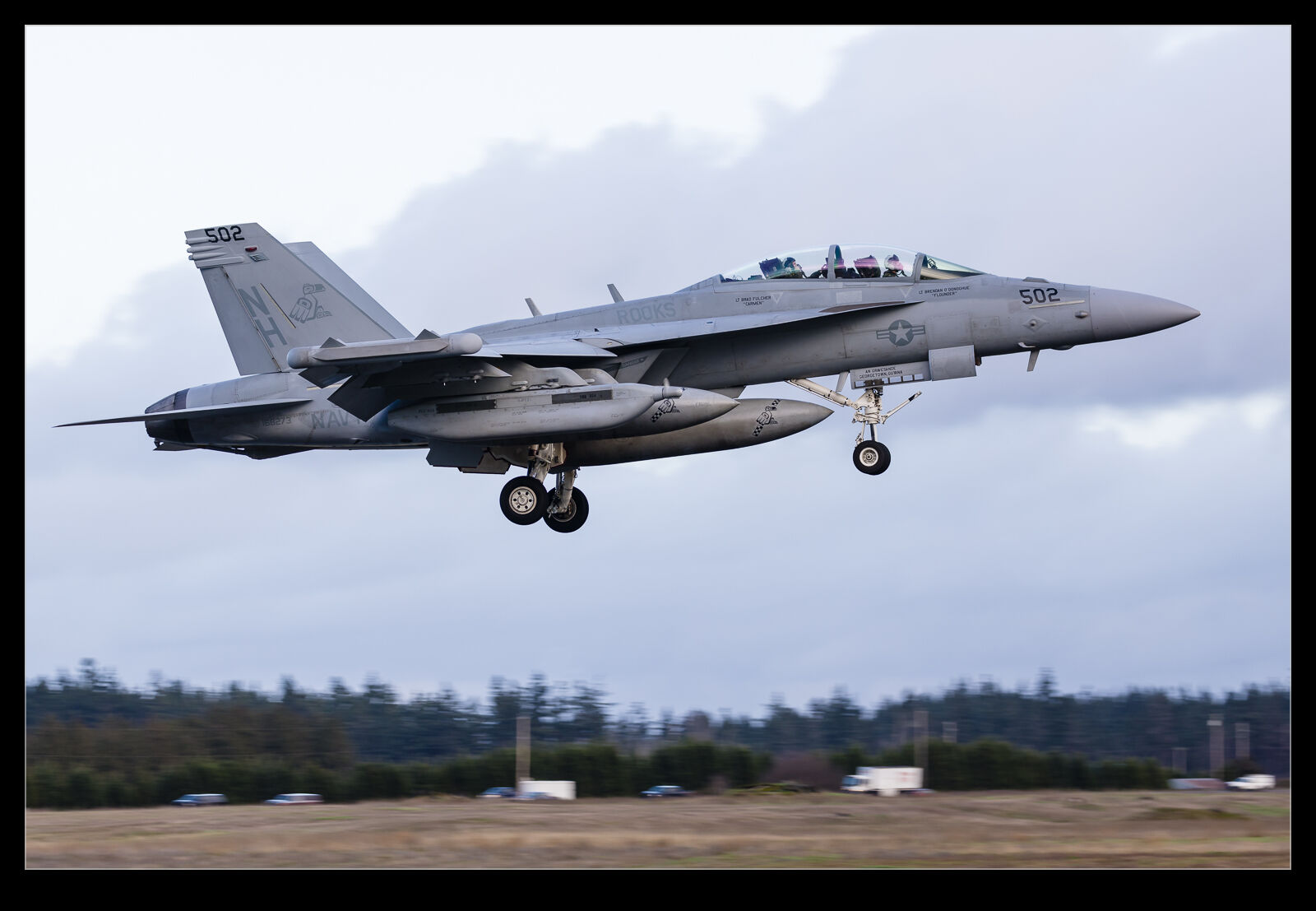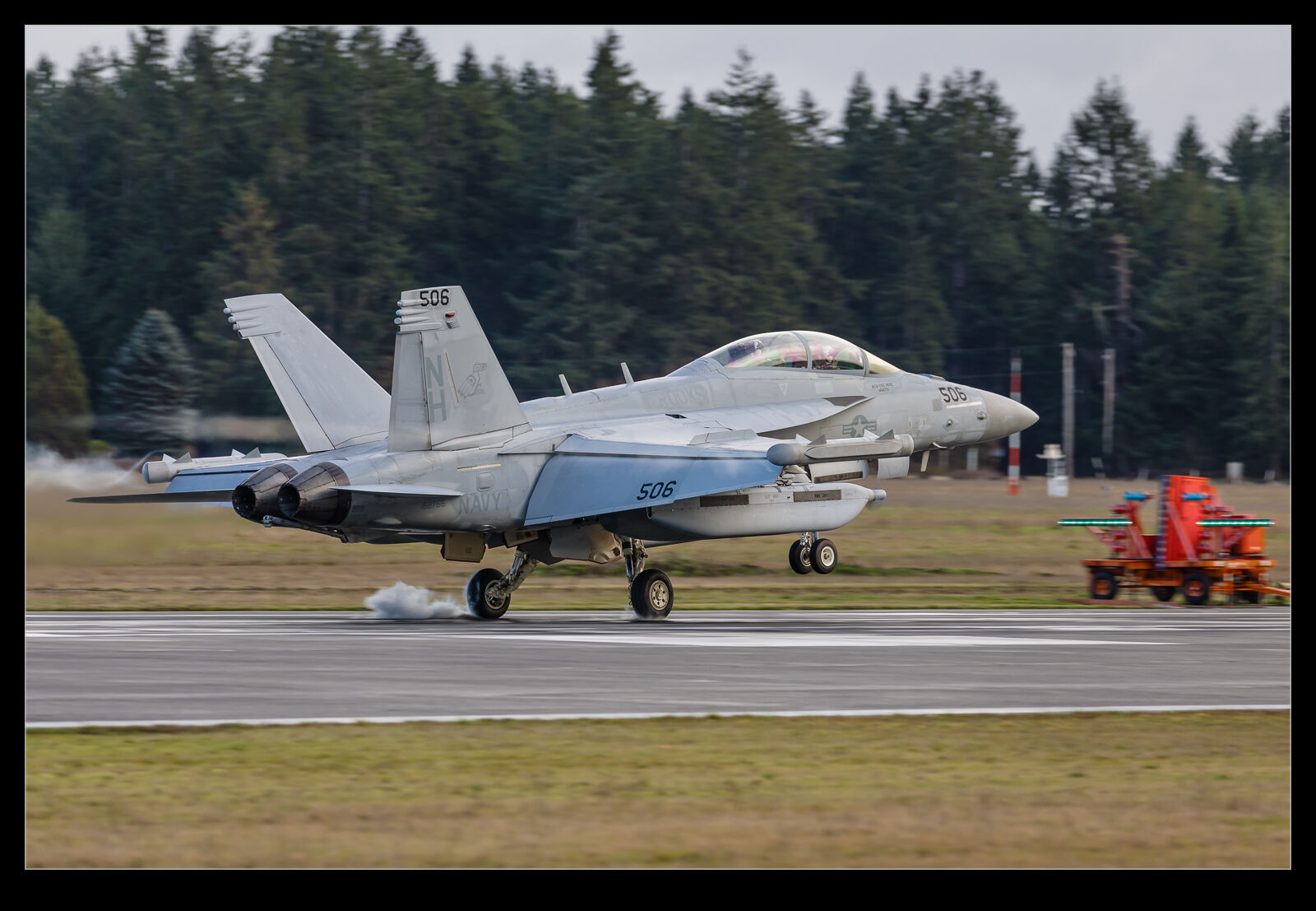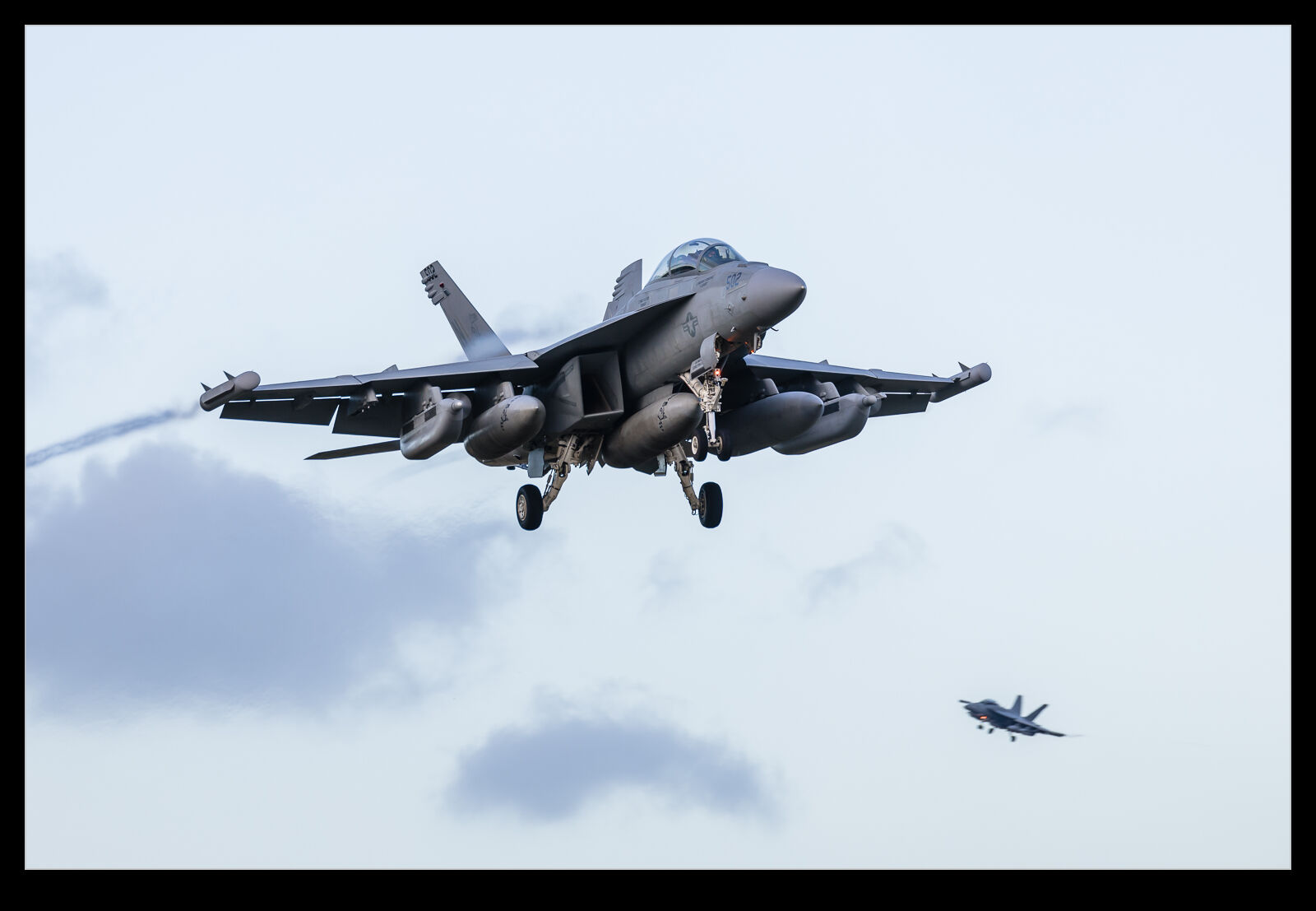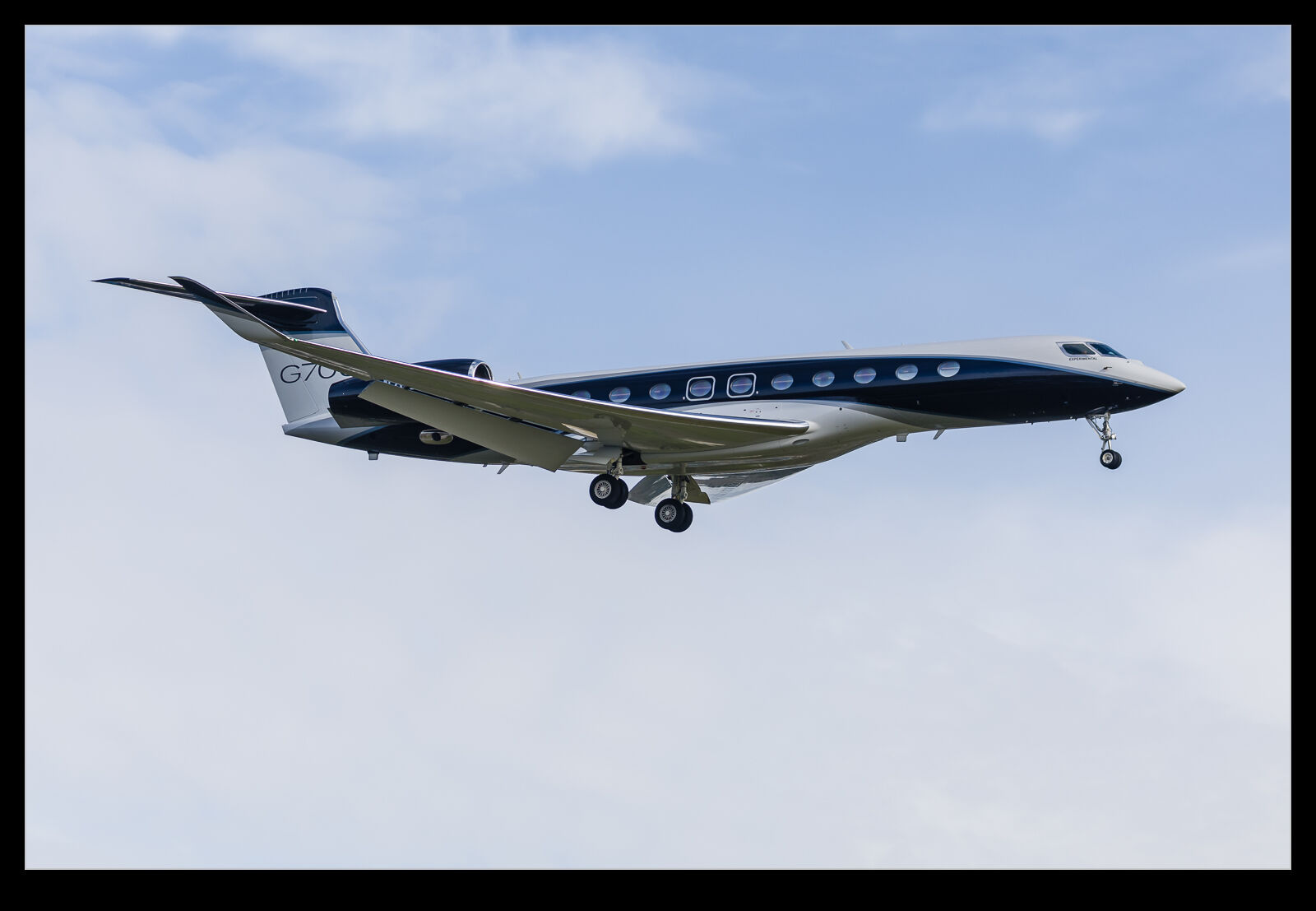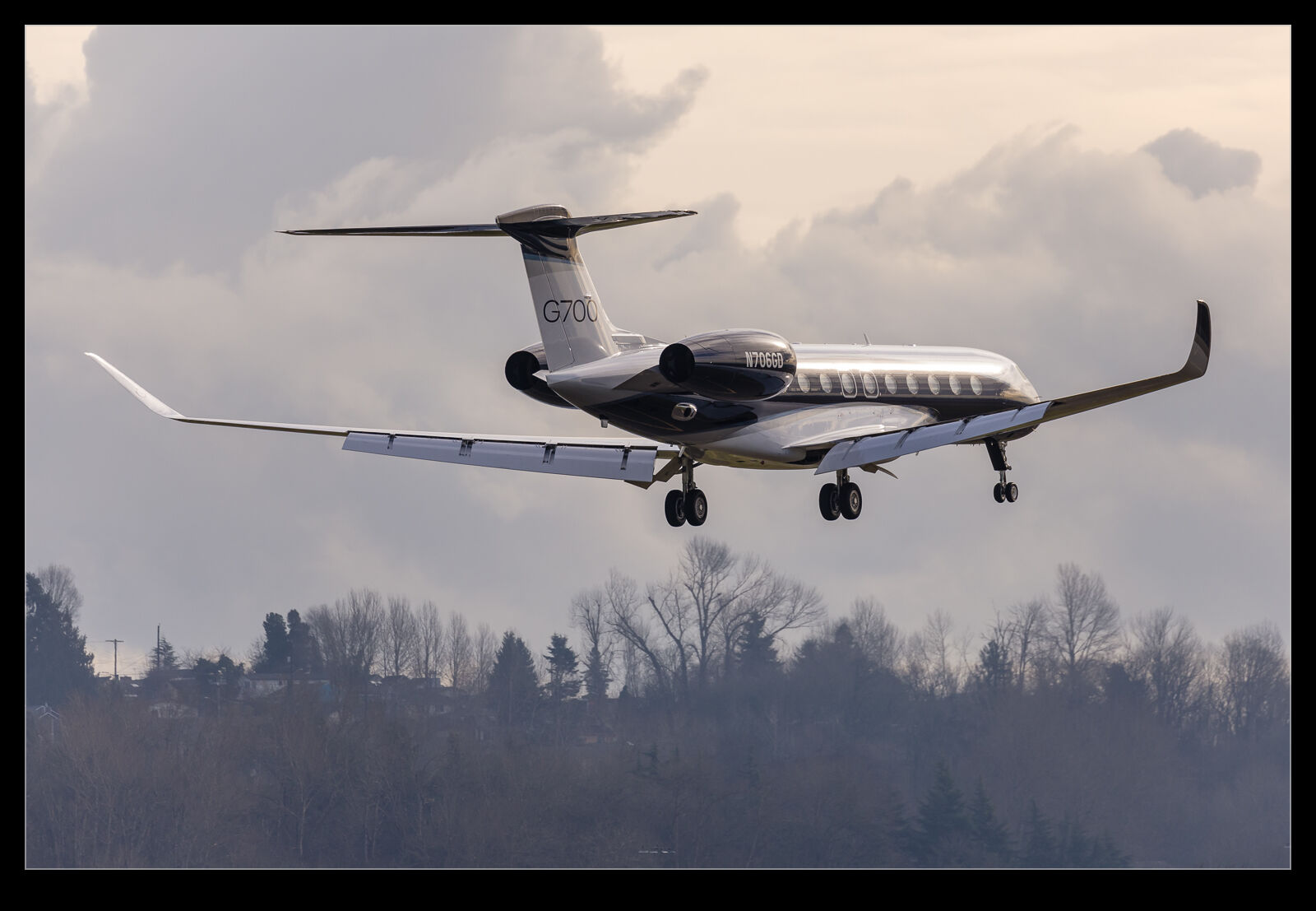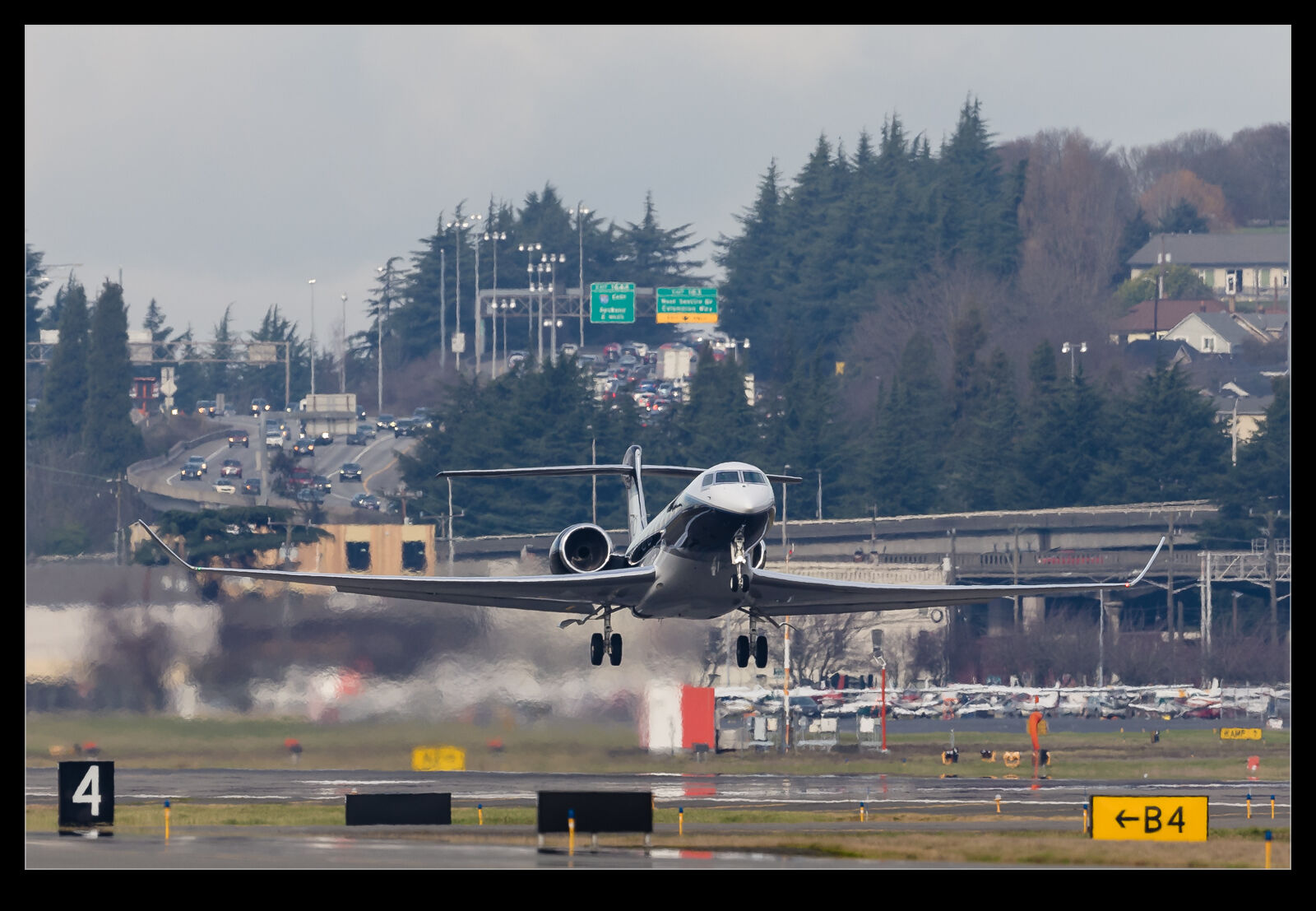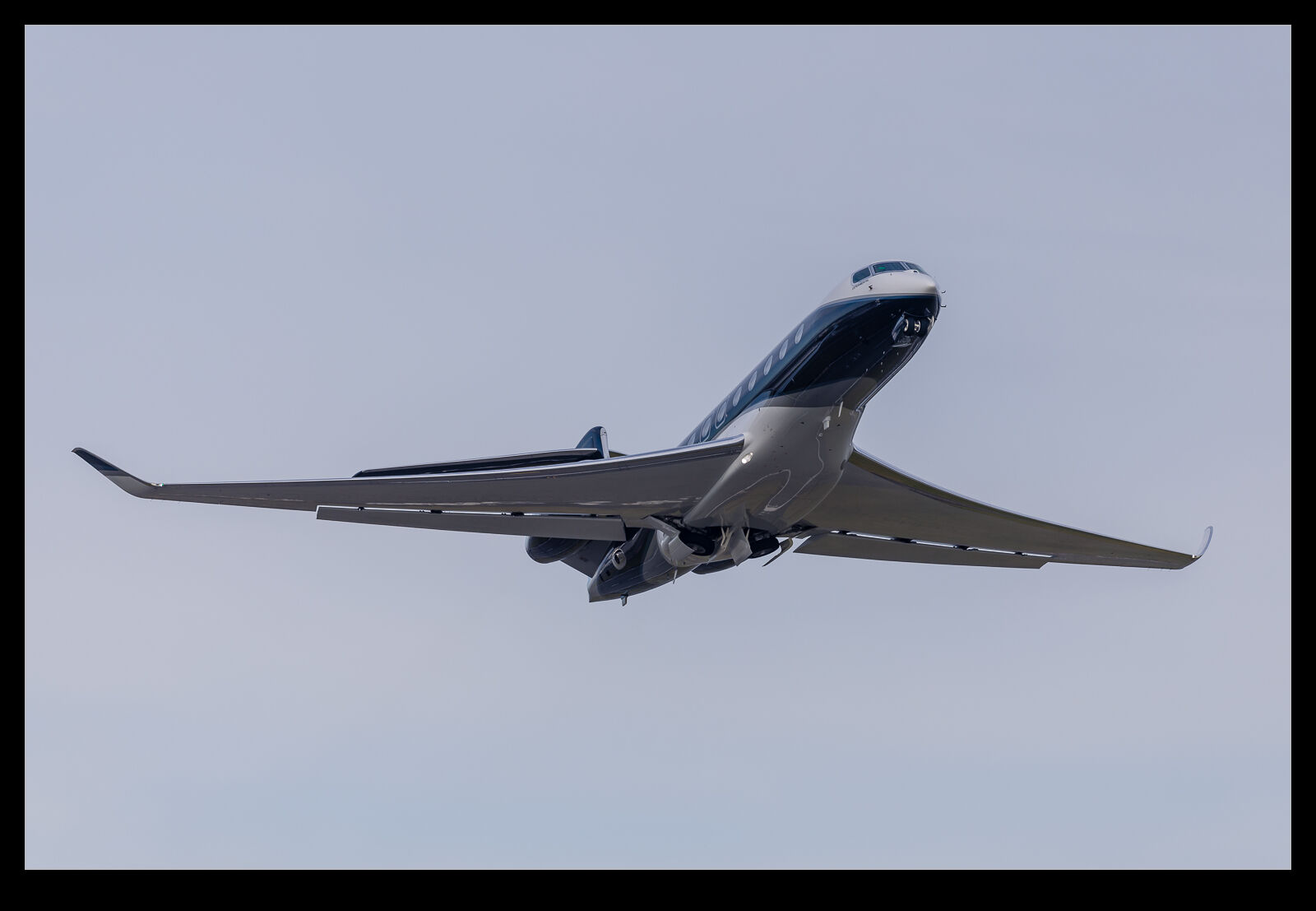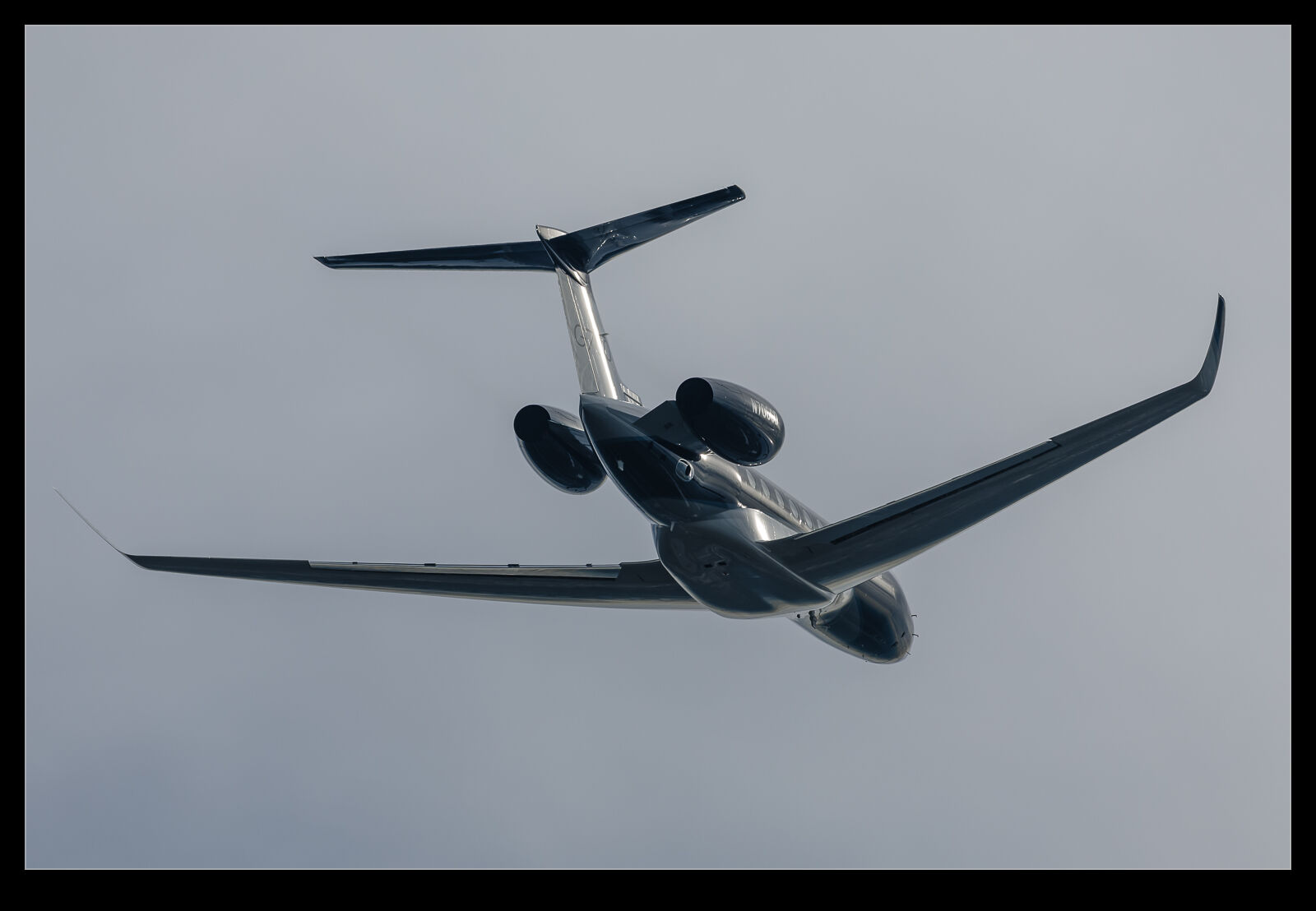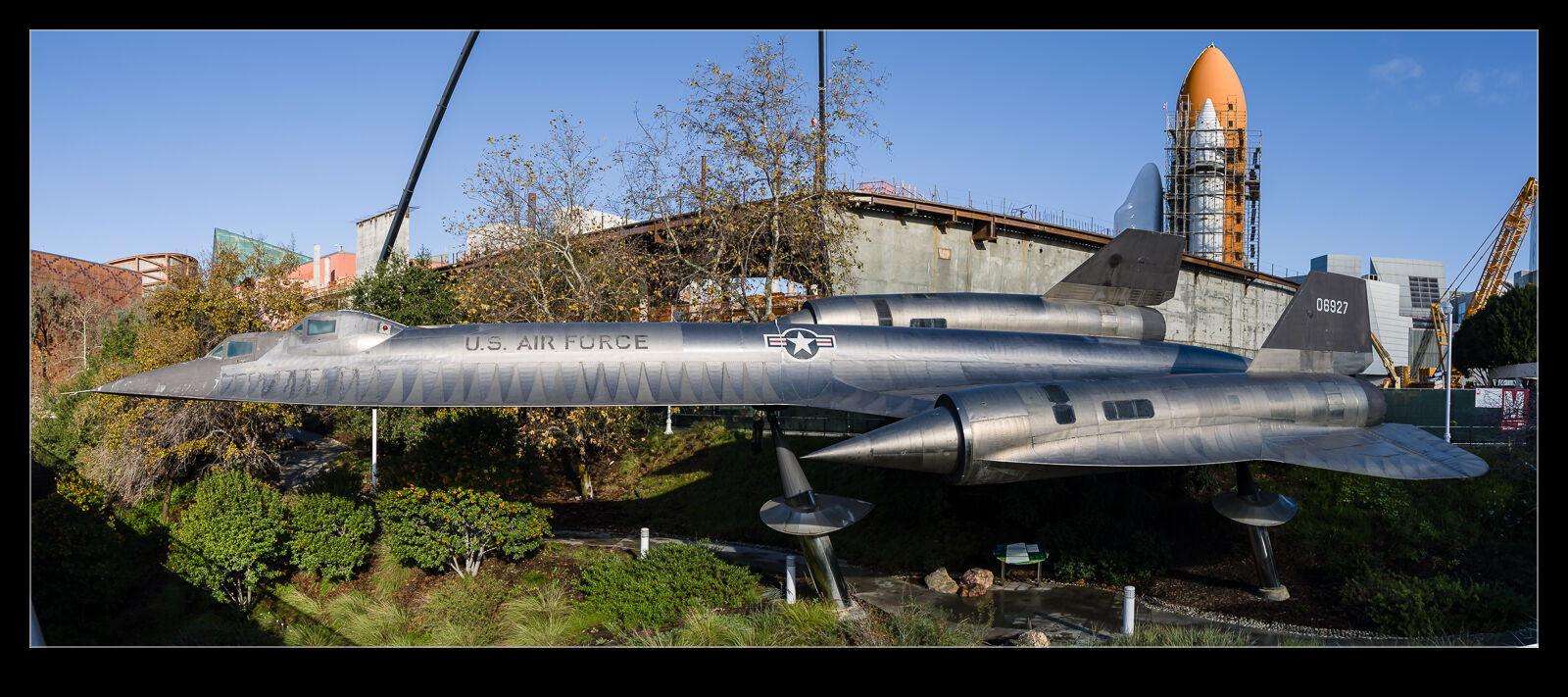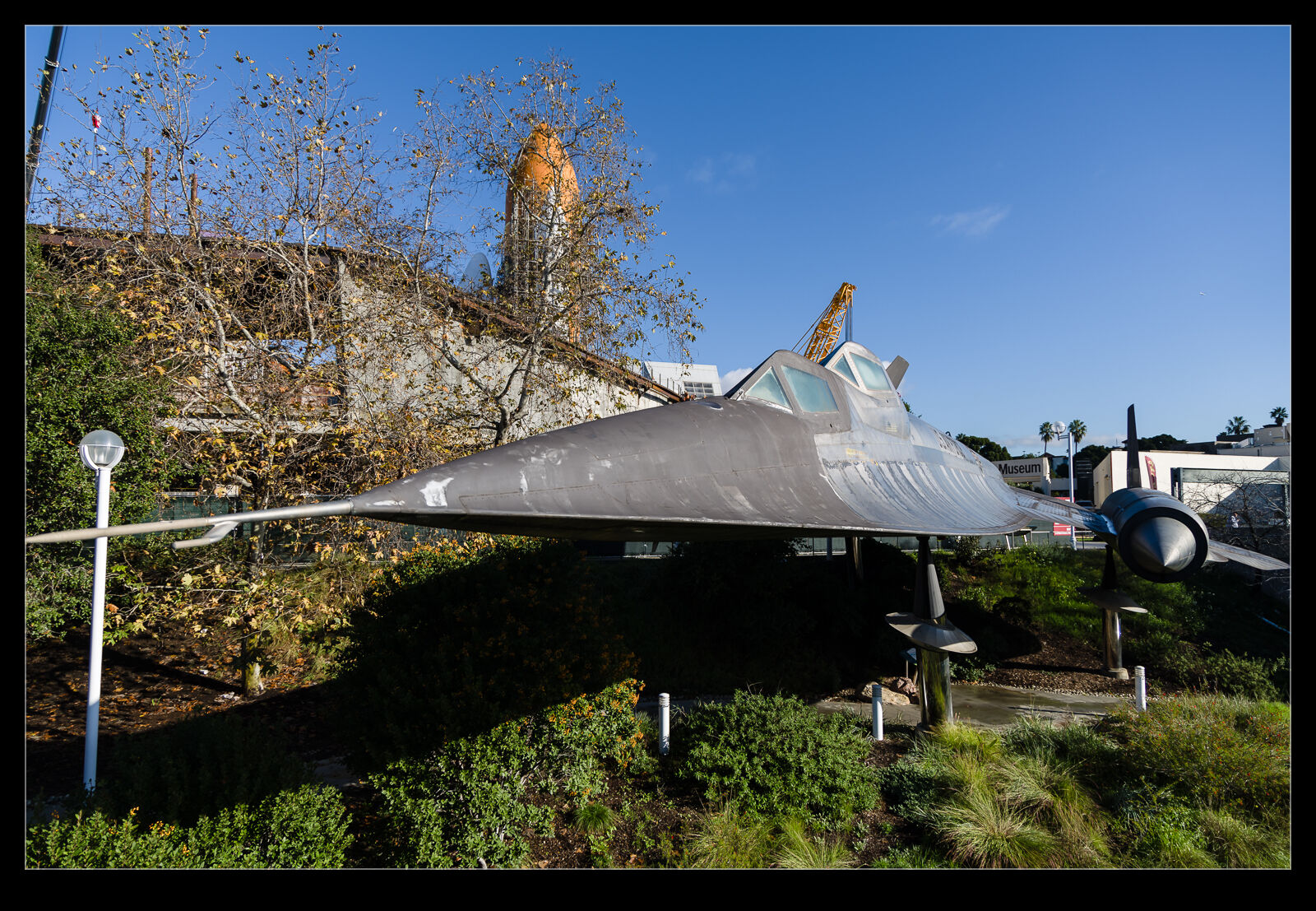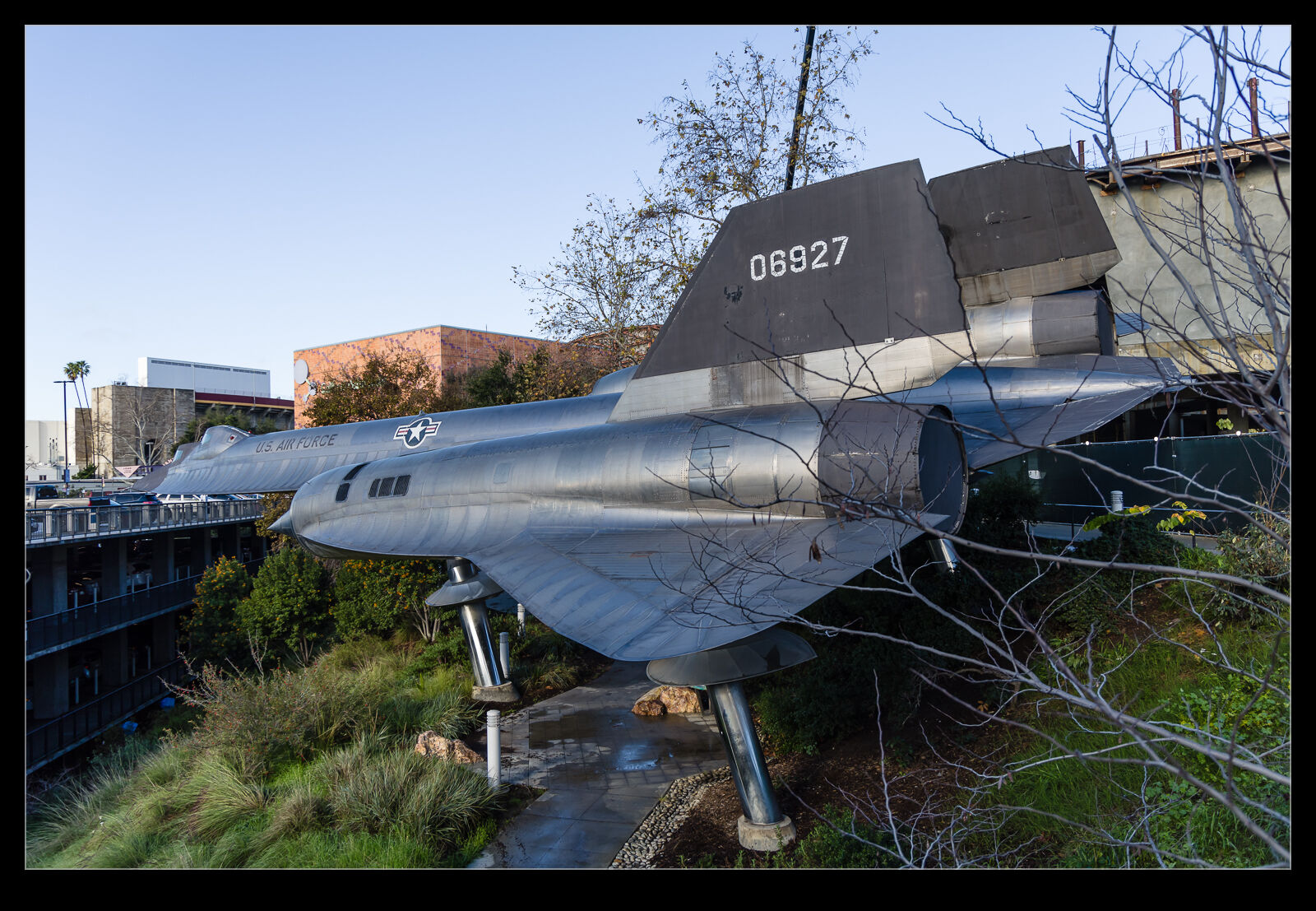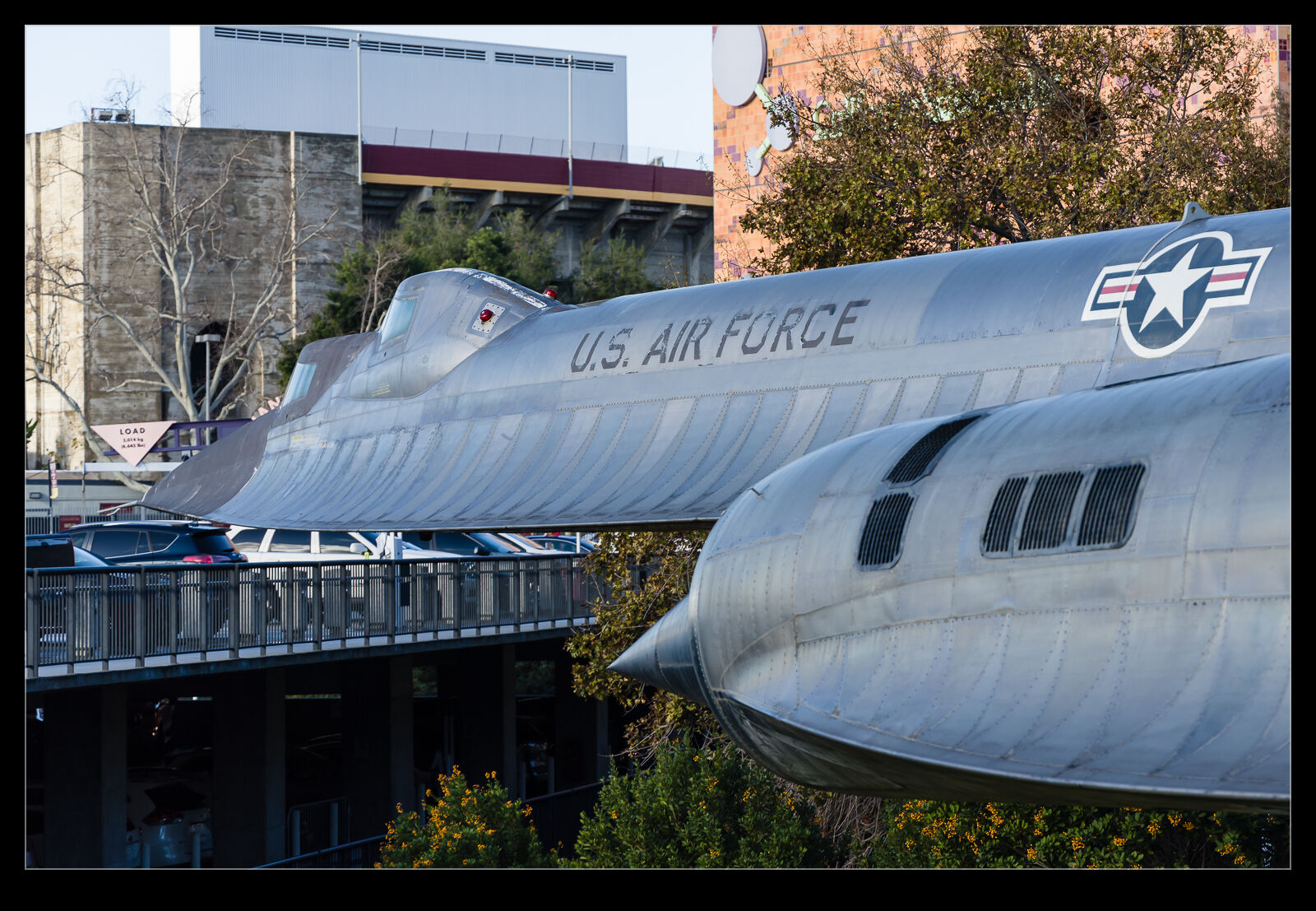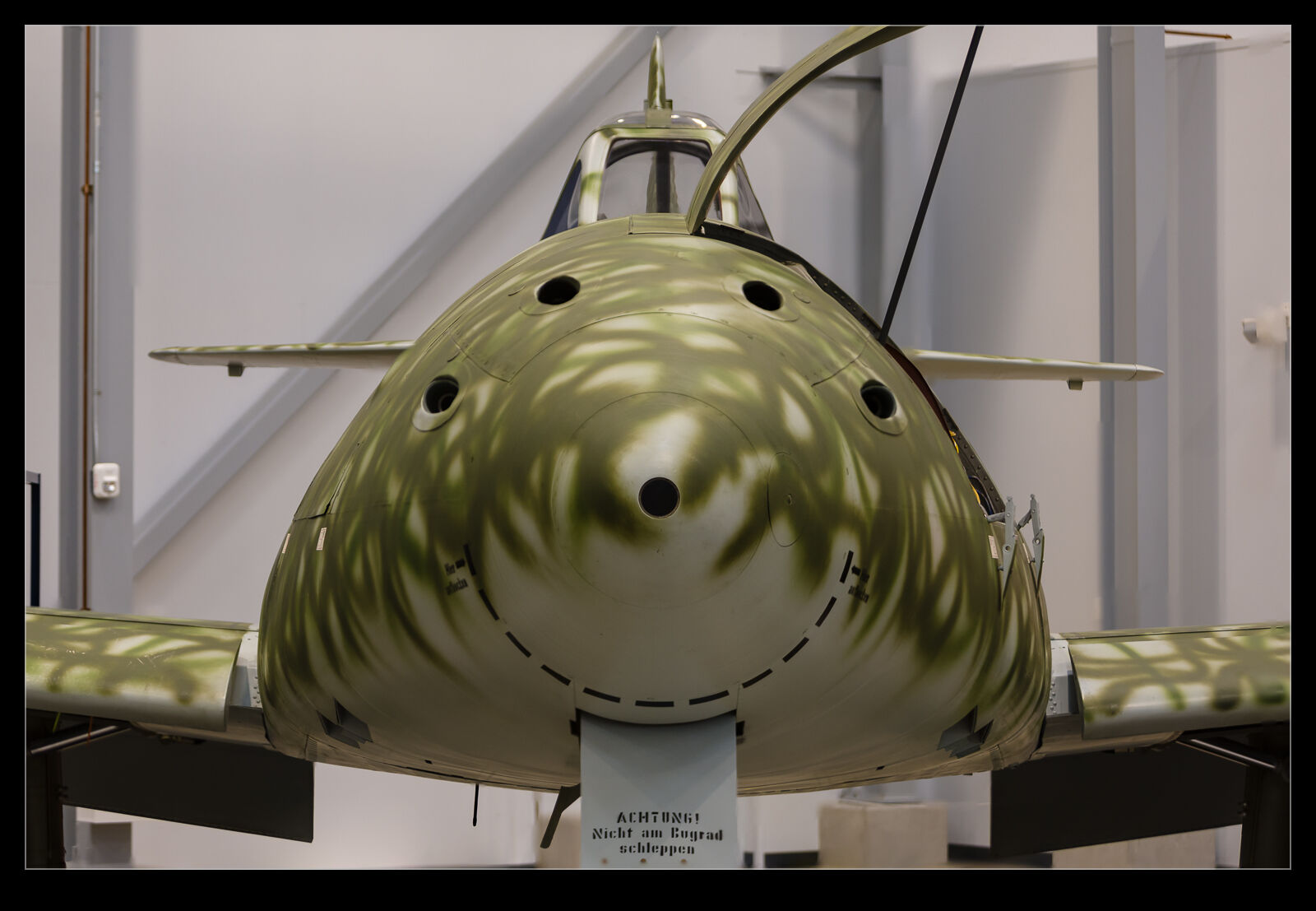 My most recent visit to FHCAM was also my first encounter with their Messerschmidt Me-262. I knew they had one, but it was never on display when I went previously. Fortunately, it is now part of the main museum exhibits. I think the 262 is a very interesting looking design. Early jets were not always the most elegant shapes but the 262 had a really interesting, blended look to the fuselage and wings. I was hoping I could find a way to get something that reflected that in my shots. What I really wanted to do was use the monopod to get some higher angle shots but the museum has strict rules about such stuff so I had to make do with whatever my arms could manage.
My most recent visit to FHCAM was also my first encounter with their Messerschmidt Me-262. I knew they had one, but it was never on display when I went previously. Fortunately, it is now part of the main museum exhibits. I think the 262 is a very interesting looking design. Early jets were not always the most elegant shapes but the 262 had a really interesting, blended look to the fuselage and wings. I was hoping I could find a way to get something that reflected that in my shots. What I really wanted to do was use the monopod to get some higher angle shots but the museum has strict rules about such stuff so I had to make do with whatever my arms could manage.
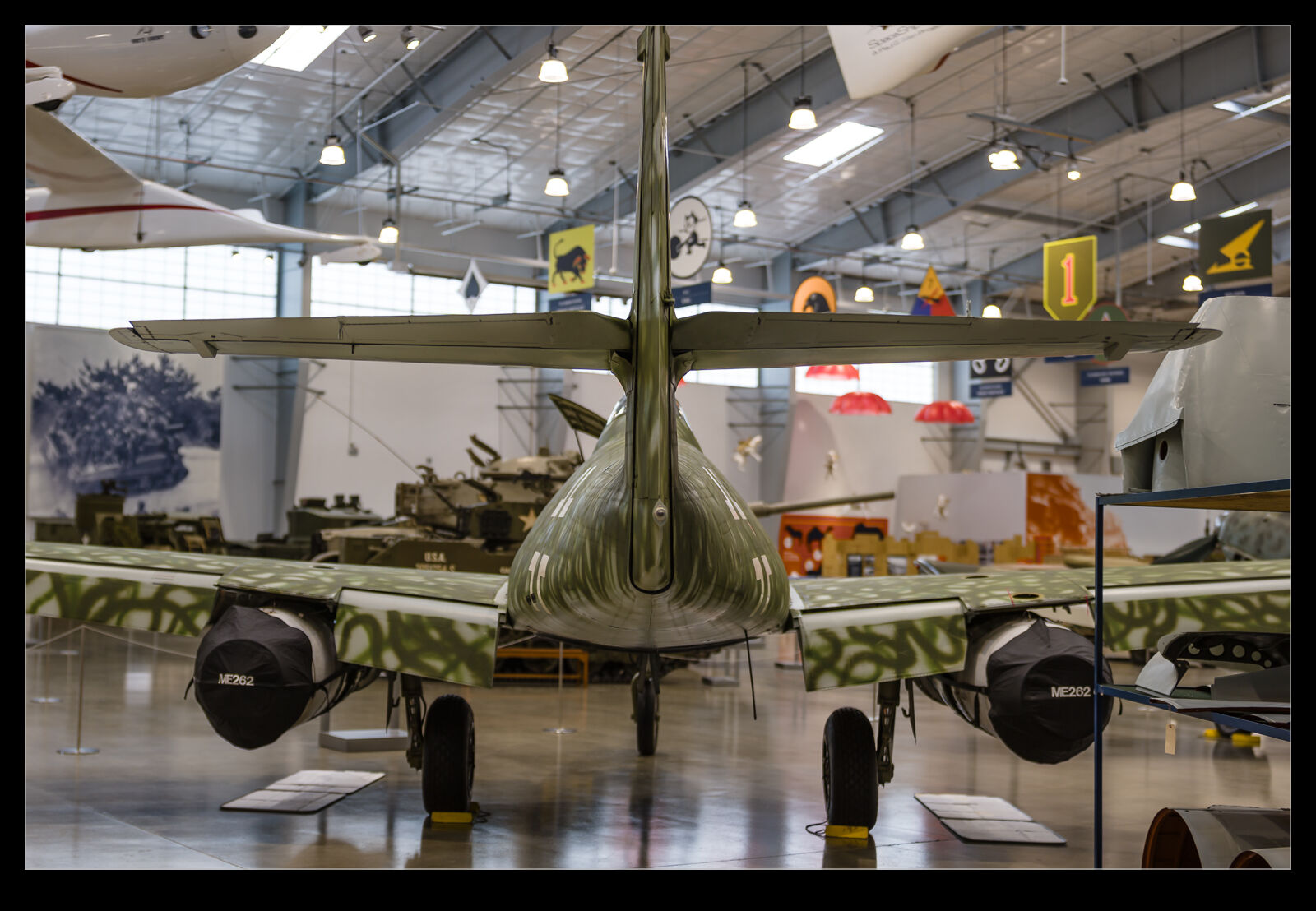 The jet is a pretty small airframe. That generation of planes was not particularly large with a few more specialized exceptions so this shouldn’t be too much of a surprise. Compared to modern jets, it is tiny. First generation jet engines were not efficient beasts so it would have worked its way through its fuel load quite rapidly, I imagine. That assumed that both motors kept running for the whole flight. I still haven’t seen one of the restored/replica 262s fly, sadly. I wonder if I shall do that at some point.
The jet is a pretty small airframe. That generation of planes was not particularly large with a few more specialized exceptions so this shouldn’t be too much of a surprise. Compared to modern jets, it is tiny. First generation jet engines were not efficient beasts so it would have worked its way through its fuel load quite rapidly, I imagine. That assumed that both motors kept running for the whole flight. I still haven’t seen one of the restored/replica 262s fly, sadly. I wonder if I shall do that at some point.
